Activities for preschoolers that promote cognitive development: Play & cognitive development: preschoolers
Activities That Promote Cognitive Development for Preschoolers
As a child heads off to preschool for the first time, (usually at age four or five) they may experience some confusion or frustration with this massive change in their routine. Preschool can be a time of rapid cognitive developments and changes. Every day a child goes to preschool, they are gaining massive amounts of new information, not only in relation to school but also socially.
Preschool can be a scary step for kids at first. They may miss the routine they were used to before going to school. Other children may be really happy to socialize with more kids their own age if that is not normal for them at home. All in all, going into preschool signals a lot of changes for a young kid. Music therapy can help them to manage those transitions and be more comfortable in their new social setting.
Anything you need to know about music therapy in preschooler’s cognitive development can be found here:
- Physical activities that promote cognitive development for preschoolers
- Mental activities that promote cognitive development for preschoolers
- How can music specifically help your preschooler meet their cognitive development milestones?
Not only can music help children feel more open to listening but it can help them gain more confidence with how they communicate too.
Physical activities that promote cognitive development for preschoolers
Different physical activities can have positive effects on a child’s development such as spatial awareness, fine motor skills, and gross motor skills. Children need some aspects of physical play, considering the levels of energy they have. These physical activities will not only help kids expend some energy, but can promote their cognitive development as well.
This may seem counterintuitive, but let your child play with (safe) everyday household items. Not only do they see these items every day and probably wonder what they are, but this also means you don’t have to buy as many overpriced toys. By letting your child play with household items , they get to learn more about the objects around them and how they function. Children at this age are very curious and letting them investigate their surroundings is a great way to boost their cognitive development.
Let your preschooler play with any paints, pencils, markers, or other art supplies that you have access to.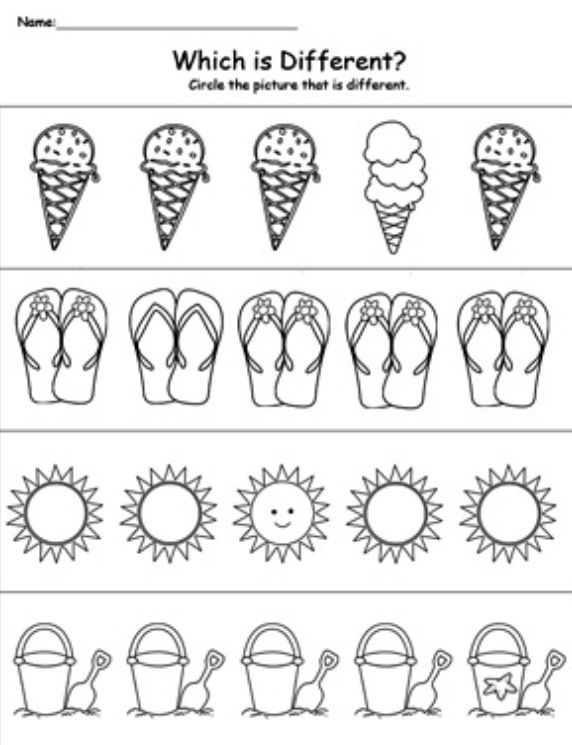
Music can help preschool-age kids to develop connections with people around them and feel more confident with their social development.
Mental activities that promote cognitive development for preschoolers
Simple card games or board games are great for kids at this age because it is activating both their mental and physical growth. A puzzle, for example, forces a child to think logically. They are learning on a visual level and are improving their spatial/physical awareness by figuring out which puzzle pieces interlock and which don’t. An activity like a puzzle or a game are great because they help your child to develop their ability to memorize.
Ask your child a lot of questions. Give them options. Children at this age are just learning how to do these things themselves and offering that curiosity in return encourages them to keep wanting to learn more about the world and the people around them.
Music can be a great way to get kids engaged and limit distractions, with music therapy they can have fun and learn something at the same time!
How can music therapy specifically help your preschooler meet their cognitive development milestones?
Singalongs are often the first things that come to mind when we think of music in preschools. Singalong activities are great because they help children to memorize lines and what words come next. Singalongs also help young kids who are still learning to talk. This increases the child’s engagement, even when attention spans tend to be pretty short.
Music can be one of the most impressive tools in helping kids to accelerate their cognitive development. When you engage with music, so many different parts of the brain are stimulated, so engaging with music at a young age can trigger developmental growth in an incredibly positive way.
If music therapy is offered in your child’s learning environment, consider the many benefits. It will help your child to meet cognitive developmental milestones and provide a safe and encouraging environment for them. There are many resources available online to further investigate this topic, and see if it is the right fit for your child.
Edited by Cara Jernigan on January 15, 2021
Cognitive development activities for preschoolers
This post contains affiliate links for your convenience
Focusing on cognitive development activities can have a positive outcome on how your child learns and retains information as well as on their behavior. Several studies[1] suggest that factors such as unstimulating environments, insufficient exercise and poor nutrition hinder cognitive development in preschoolers.
Other studies[2] have found that preterm or low-birth babies also have a higher risk of suffering from poor cognitive skills.
Weak cognitive skills influence preschoolers’ development. They can influence both their social and academic behavior and outcomes. The good news is that there are many simple activities that you can do at home to strengthen the development of your preschoolers’ cognitive skills.
Understanding cognitive development in preschoolers
Cognitive skills are the skills that your preschooler’s brain uses to perform tasks such reading and paying attention. These are the skills that help them to make sense of and to use information, to remember things and to reason.
Preschoolers need different cognitive skills to process the information that they receive. These skills enable them to:
1) Develop their long-term memory: Long-term memory enables children to store information over a long period of time.
If your preschooler has poor cognitive skills, they may struggle remembering information acquired in the past, easily forget things, or perform poorly in class because of their inability to remember things.
2) Develop their processing speed: Processing speed refers to the time your child’s brain takes to process information accurately.
A preschooler with poor cognitive development will take longer than other kids to understand and complete tasks.
3) Develop their ability to reason: The ability to reason is an important cognitive skill among preschoolers. Being able to reason strengthens their problem-solving skills.
If your child has poor cognitive development skills, they will have a difficult time solving even simple problems, make frequent mistakes, or they will often feel that they do not understand or that they are unable to succeed.
This could lead to feelings of learned helplessness which refers to your child’s development of a pessimistic attitude toward their real capacities and to feelings of overwhelm when faced with challenges.
4) Develop their auditory processing: Auditory processing refers to your child’s ability to process what they hear accurately.
If your preschooler has poor cognitive development, they could struggle with understanding the words that they hear and how they process those words. This could lead to reading problems (comprehension and fluency).
5) Develop their visual processing skills: Visual processing refers to the brain’s ability to interpret visual images in one’s environment.
A preschooler with poor cognitive skills may find it difficult to understand what they are reading and could therefore struggle to solve word problems.
They may also struggle to process information presented in a visual form.
6) Develop their working memory: Working memory refers to your child’s ability to retain and manipulate the information that they need to successfully complete a task.
Preschoolers with poor working memory have a difficult time planning, organizing and successfully completing daily tasks and chores.
7) Strengthen their attention skills: Different types of attention enable preschoolers to undertake tasks appropriately. Selective attention refers to their ability to filter out information and focus on something specific for a given period of time.
Divided attention refers to the brain’s ability to focus on different stimuli at the same time. In other words, divided attention enables your child to process more than one piece of information at the same time.
Sustained attention refers to the ability to focus over an extended period of time.
Preschoolers with poor cognitive skills struggle with focus and attention issues. They will only partially complete tasks and chores, they will become easily distracted and they will have a difficult time following multiple instructions.
Developing cognitive skills in preschoolers
Cognitive skills have a huge impact on how preschoolers behave and process information. The good news is that many simple activities at home can help your child develop or strengthen their cognitive abilities.
There are probably several things that you already do that help in your child’s cognitive development. Many activities and games that they engage in also help them develop their cognitive abilities.
Here are five activities that you can do (or should continue doing) to help develop your preschoolers’ cognitive skills.
Five cognitive development activities for preschoolers
1) Reading
Reading is one of the easiest activities that can help strengthen preschoolers’ cognitive development. It not only teaches them new words, it can also help them to acquire important skills such as paying attention, problem solving, reasoning, holding information in mind, and so on.
To strengthen your child’s cognitive skills, it is important to choose books that allow them to develop these skills.
Examples of good books for preschoolers include: Frog and Toad Storybook Favorites, Just How Long Can a Long String Be?! Alexander and the Terrible, Horrible, No Good, Very Bad Day, Round Like a Ball, Not a Box, Not a stick, Duck! Rabbit!
A subscription box such as the award-winning Book Roo can also help you choose appropriate books for your preschooler. The books they receive every month are carefully selected to ensure that they are attractive and age-appropriate for your child.
2) Encourage your child to play a musical instrument
Playing music is an effective and easy way to develop your preschooler’s cognitive abilities. It can help them develop their coordination and strengthen their auditory processing.
Any instrument that requires your child’s manipulation such as pianos or drums are good for them.
3) Listening to music is a great cognitive development activity for preschoolers
Your child already probably listens to music.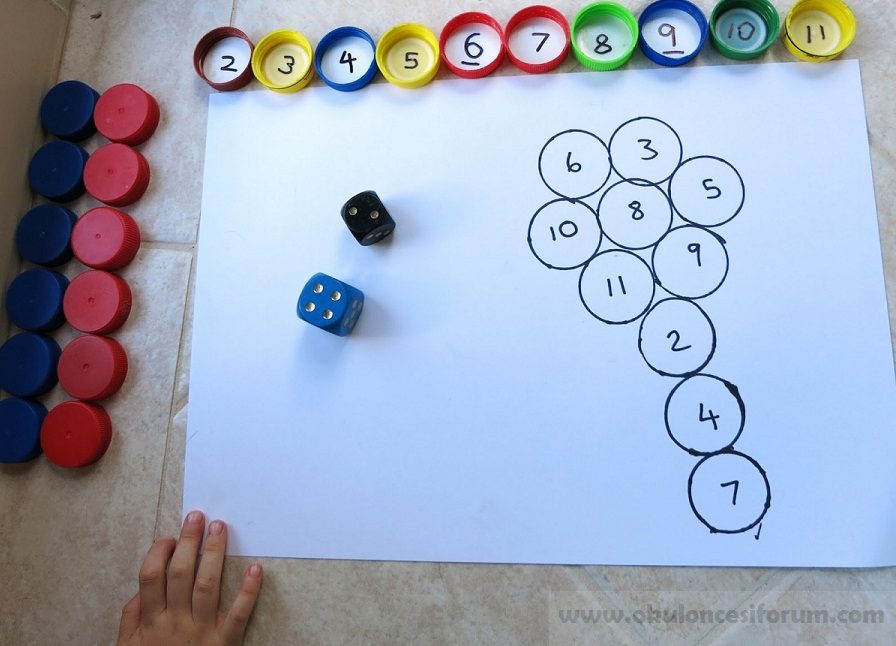
As they get older, you can use music in different ways to help improve their cognitive skills. For instance, playing games like “musical chairs” can help them learn to focus and to work on their processing speed.
You can also play slow songs – and ask them to dance slowly -, then interchange with quick songs to which they have to dance quickly. Even better, ask your preschooler to do the opposite – danse slowly to quick songs and quickly to slow songs!
4) Privilege games that foster preschoolers’ cognitive development
Games such as “Simon says” are great for developing your child’s cognitive skills, and there are many other games that can help develop these skills in preschoolers.
Remember that young children learn primarily through play. To get the most out of games, it is important to encourage different types of games and activities to help them work their brains in different ways.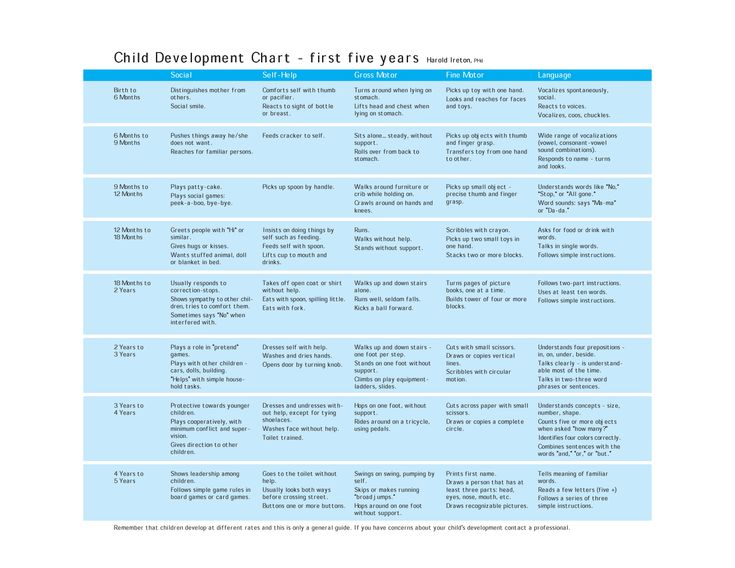
Here are several ideas of age-appropriate games that can help preschoolers cognitive development:
Board games: Peaceable Kingdom Dinosaur Escape Game; Baby Dinosaur Rescue Board Game!, Go Away Monster; My First Castle Panic
Games that help your child work on their visual perception skills: Where’s Waldo? Richard Scarry’s Busytown Eye Found It!
Games that teach concentration: Puzzles
Games that encourage creativity and teach other skills: Tegu Magnetic wooden blocks, Pressman Charades for Kids; Gears! Gears! Gears!, Magna-Tiles
Games that encourage your child to keep active: Eezy Peezy Climbing Frame.
Free play is also an important part of growing up that helps children learn, grow, and develop cognitive abilities.
5) Craft activities can promote the development of cognitive skills in preschoolers
Encouraging your child to participate in art and craft activities is an easy way to help them work on their imagination and creative skills while strengthening their cognitive development.
A craft subscription box is another easy way to promote your child’s interest in craft activities. Every month, they can receive their box filled with fun age-appropriate objects that they can use to unleash their creativity!
There are so many different and effective cognitive development activities for preschoolers. Ensuring that your child is gets to participate in multiple and varied activities is an easy way to ensure that they work their brain in different ways.
References
[1] Risk factors affecting child cognitive development
[2] Brain development of very preterm and very low-birthweight children in childhood and adolescence: a meta-analysis
Activities to Encouraging Cognitive Development in Preschoolers
4/1/2022
We’re here for you.
Share your email, and we’ll share our world.
Children’s brains absorb everything from the world around them. By the time they reach preschool age, their minds are exploding with experimenting and testing that helps them organize and sort out important information about the world. There’s so much to learn about cognitive development at the preschool level and great activities to encourage development that you can do with your child at home.
What Is Cognitive Development?
Cognitive development is extremely important as part of early childhood, especially once your child reaches preschool age. Preschoolers’ brains are quickly developing and cognitive development focuses on sorting through the information they’re taking in by using perception, memory, information processing, language skills, and decision making.
Your Preschooler and Cognitive Development: What’s Happening In Their Brain?
Neurologists refer to brain development during the preschool stage as “blossoming” because their brains are going through so many anatomical and physiological changes.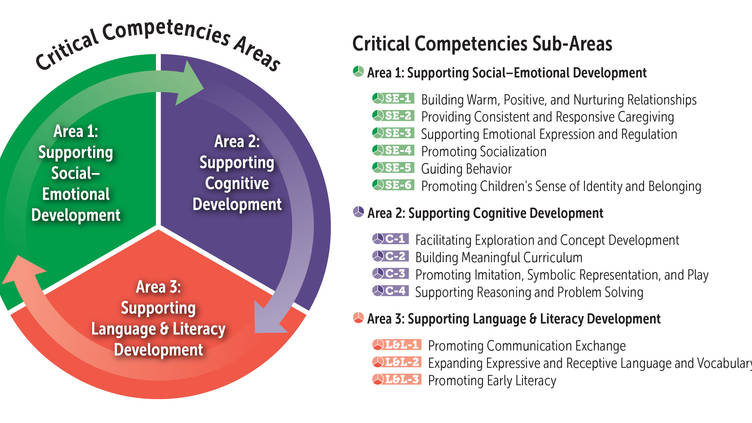
6+ Creative Cognitive Activities for Preschoolers
Here are some of our favorite cognitive activities for preschoolers.
- Use Different Materials to Help Learn About Literacy. If your child is interested in letters, help them make letters using materials like sticks, rocks, or anything they can find in nature. Ask them to use a stick and draw the letter in their name in the mud or the sand.
- Sorting Shapes and Colors. For younger children, a simple game of sorting colored balls or objects into different buckets can be a fun learning activity. Hand them a group of different color balls, and ask them to place all the red balls into one bucket, and all the blue balls into another.
You can also do this by sorting different shapes. Ask your child to describe what they are doing for an added language connection.
- Work on Hand-Eye Coordination with Puzzles. Simple puzzles are a great way for children to work at hand-eye coordination and to start making shape connections. They also help with critical thinking and problem-solving skills.
- Encourage them to Dress Up. Dress-up play lets children pretend to be their favorite characters and try out different personalities and abilities. Through dress-up play, children develop important social skills, problem-solving and imagination.
- Play a Game of Simon Says. This classic children’s game of repetition requires listening, memory, and critical thinking along with physical activity.
- Singing and Rhyming. Simple songs and rhymes are so much fun for children. They help develop language skills, memory, and rhythm, and can even introduce important concepts like the ABCs and counting.
Encouraging Cognitive Development in Young Children: Top Tips for Parents
Children learn best when they are engaged with what they are doing and can follow their interests. Learning through play is one of the best ways for children to explore and learn about the world and integrate that learning into other parts of their lives. Parents can encourage cognitive experiences for preschoolers that help with development by playing along with their children and engaging with them in the activities.
Here are a few tips that will help you encourage your preschooler’s cognitive development:
- Follow your child’s lead. Let them decide what to play and what the rules are. This will help keep them engaged.
- Ask questions. Ask them to explain what is happening during an activity, and ask them to describe it. Encouraging children learn to use language about something they are interested in helps them form connections between different parts of the brain.
- Offer a variety of activities. If you’ve been mostly inside all day, change it up with an outside walk or activity. If you are working on cognitive math activities for preschoolers, use things from nature, like sticks and rocks, to help count or make a pattern.
- Let them make mistakes. Children need to make mistakes when learning something new. When they have to try something over again because it didn’t work, they can develop resilience.
- Play with them and have fun! Children learn best when they are having fun, and they love having attention from you, so get in there and show them you can play too.
If you are interested in learning more about cognitive development in preschoolers, reach out to our educators at Vivvi. Our child care centers and in-home educators provide an enriching learning environment for children that helps them develop their learning abilities and sets them up for success. Contact us today for a virtual tour or to learn more about our programs.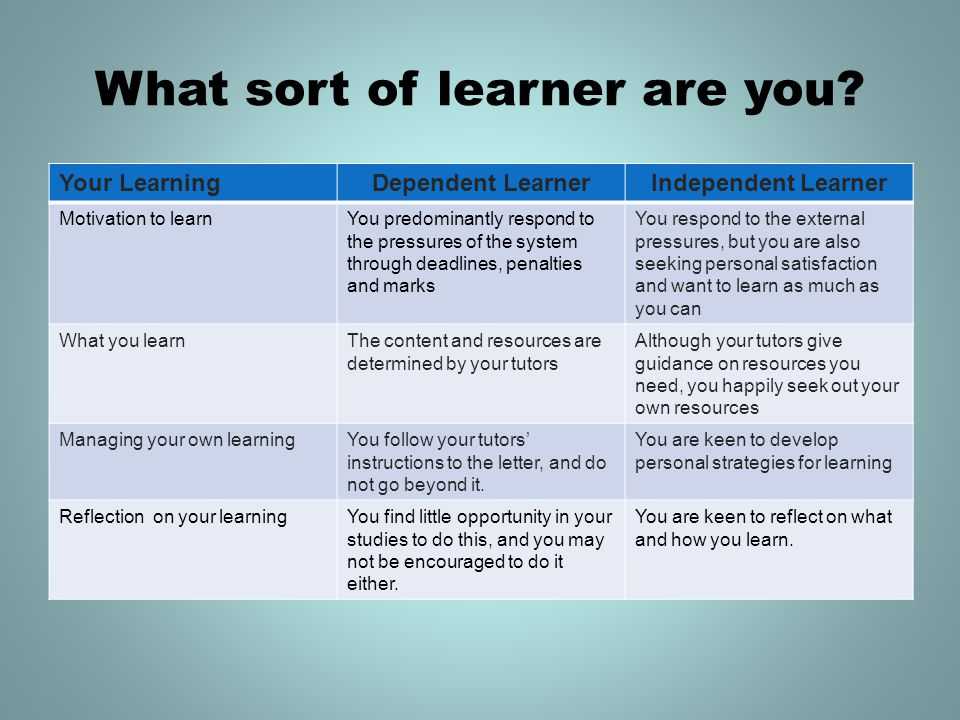
Consultation for teachers “Creating conditions conducive to the implementation of the cognitive development of preschoolers” | Consultation (junior, middle, senior, preparatory group) on the topic:
Municipal preschool educational institution
combined type kindergarten No. 35 “Yolochka”
Consultation for teachers
“Creating conditions conducive to the implementation of the cognitive development of pupils”
Educator: Petrova Svetlana Yuryevna
Creative group in the direction of
“Cognitive Development”
about. Elektrogorsk
September, 2018
1 slide: title
2 slide: The Federal State Educational Standard for Preschool Education defines five educational areas. Today we will consider in detail the educational field: “Cognitive development”, its essence, tasks, ways and methods of its implementation.
3slide: Vasily Alexandrovich Sukhomlinsky said: “All our plans, all searches and constructions turn into dust if the child has no desire to learn.
4 slide: GEF DO interprets cognitive development as an educational area, the essence of which is revealed as follows:
– development of interests, curiosity and cognitive motivation; – the formation of cognitive actions, the formation of consciousness;
– development of imagination and creative activity;
– formation of primary ideas about oneself, other people, objects of the surrounding world, their properties and relationships (shape, color, size, material, sound, rhythm, tempo, quantity, number, part and whole, space and time, movement and rest , causes and effects, etc.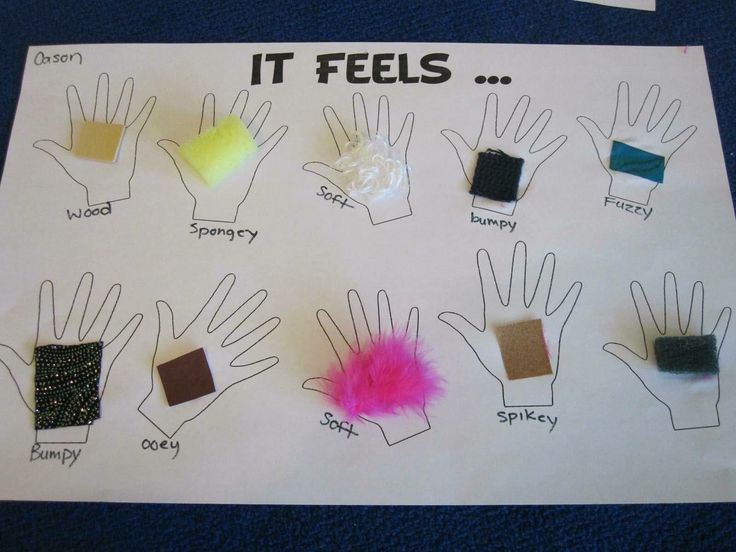
5 slide: Question: name the main directions of the PA “cognitive development” Answer (on the slide): FEMP, development of cognitive research activities, familiarization with the subject environment, familiarization with the social world, familiarization with the natural world.
6 slide This slide shows the main stages of cognitive development The first stage is curiosity: it is characterized by a child’s selective attitude to any object, due to purely external parties and circumstances. At this stage, the preschooler is content with only the initial orientation associated with the amusement of the subject itself. As an example of the manifestation of curiosity in a preschooler, one can cite the fact that at 2-3 years old a child focuses on the brightness of an object, without paying special attention to its essence.
7 slide: For the development of children’s curiosity, the ability of an adult to answer children’s questions “Why is the grass green? What is a cow’s tail for? Why does the sun shine? A new quality of cognitive development is cognitive interest. It is characterized by increased stability, a clear selective focus on a cognizable object, valuable motivation, in which cognitive motives occupy the main place. A manifestation of cognitive interest should be considered the desire of the child to independently answer the questions posed, for example, in the course of experimentation, the study of the world around him. The presence of cognitive interest in preschoolers enhances the effect of education, development, and learning.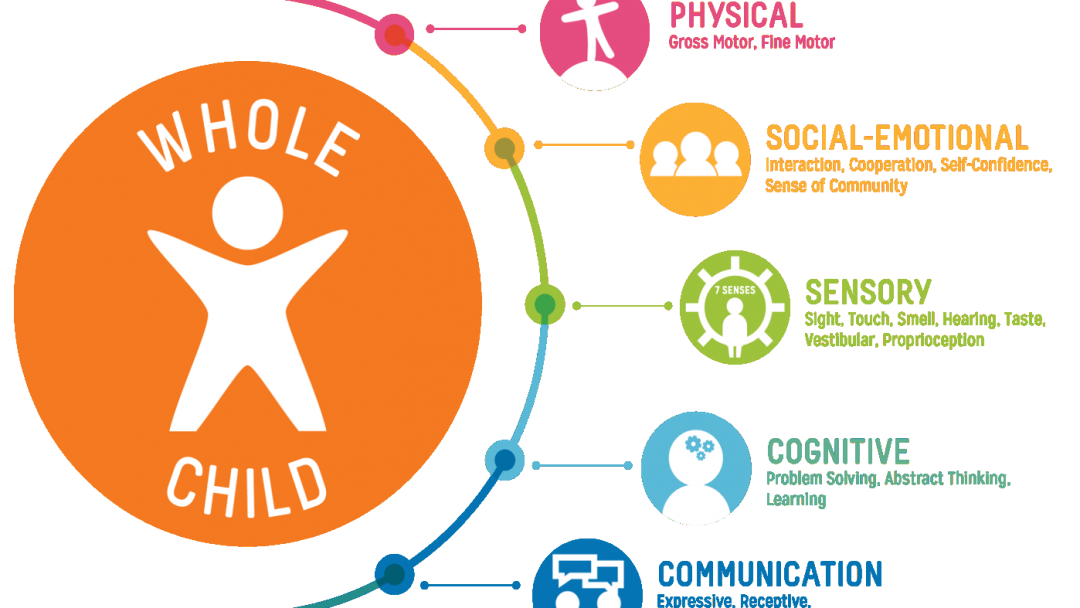
8 slide: The highest level of cognitive development of preschool children is cognitive activity. Psychologists define cognitive activity as an independent, initiative activity of a child, aimed at understanding the surrounding reality (as a manifestation of curiosity) and determining the need to solve tasks that are put before him in specific life situations. Cognitive activity is not innate. It is formed throughout the entire conscious life of a person. The level of its development is determined by individual psychological characteristics and conditions of education.
9 slide Preschool age is the most favorable for the cognitive development of children. At the same time, according to a number of scientists, if the appropriate conditions for the implementation of the cognitive direction are not created, natural opportunities are neutralized: the child becomes passive in the perception of the world around him, loses interest in the very process of cognition.
∙ Creation of an enriched object-spatial environment
∙ Inclusion of entertainment in the content of classes;
∙ Creation of problem-search situations;
∙ Involvement in creative tasks;
∙ Integration of various activities;
∙ Stimulating the manifestation of a child’s positive-emotional attitude to phenomena, objects and activities;
∙ Organization of experimentation;
∙ Use of design
10 slide: Cognitive development is carried out through the integration of all types of children’s activities, taking into account their age characteristics. Early age:
– Objective activities and games with compound and dynamic toys
– Interaction with an adult and joint games with peers under the guidance of an adult
– Experimentation with materials and substances (sand, water, dough, etc.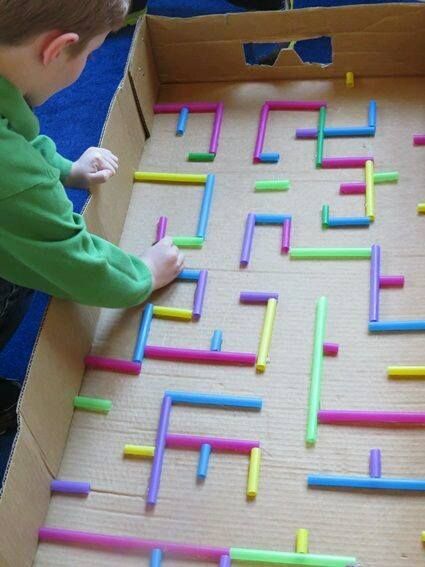
– Self-care and activities with household items-tools
– Perception of the meaning of music, fairy tales, poetry, looking at pictures
– Elementary construction
– Motor activity
Preschool age:
– Game activity
– Communicative activity
– cognitive-research activity
– perception of fiction and folklore
– self-care and elementary household labor
– construction from different material
– image activity- image activities
– Musical activity
– Motor activity
11 slide Cognitive development in kindergarten is realized through such varied forms of educational activity as:
– GCD: travel activities, experimentation activities, activity games, observation activities, complex, integrated
– Excursions
– Elementary labor in nature
. – Projects
– Independent activity
– Joint activity
– Holidays, entertainment
12 slide A well-equipped, developing object-spatial environment is of great importance in the development of children’s cognitive activity.
– Corner of FEMP (sensorics)
– Corner of nature
– Experimentation Corner
– Design Corner
– The group must have children’s educational literature (encyclopedias, thematic educational books). Together with the children, educators draw up home-made books – babies on various topics. It is imperative that groups have board games of an educational nature, which are selected taking into account age, the subject matter of the material being studied, as well as an audio library and a video library.
13 slide Thus, the Federal State Educational Standard for Preschool Education considers the formation of cognitive interests and cognitive actions of the child in various activities as the main principle of preschool education.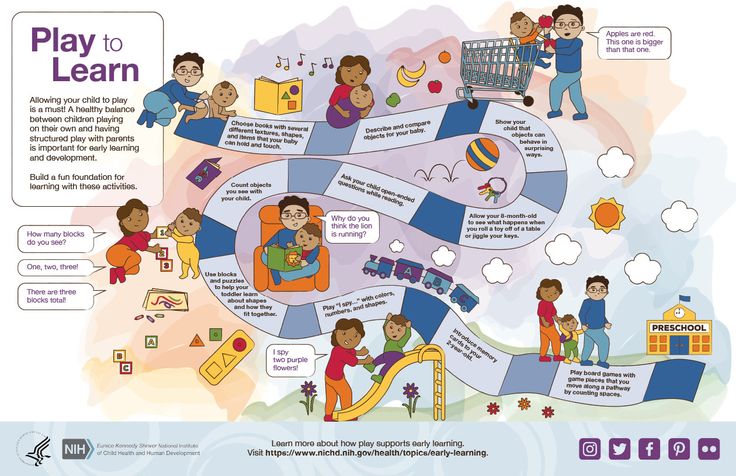
Wenger L.A. Development of cognitive abilities in the process of preschool age [Text] / L.A. Wenger. – M.: Enlightenment, 1986. – 228 p.
Godovikova D.B. Formation of cognitive activity [Text] / D.B. Godovikova // Preschool education. – 1986. – No. 1. – C 28 – 32.
Lisina M.I. The development of cognitive activity of children in the course of communication with adults and peers [Text] / M.I. Lisina // Issues of Psychology, 1982.- No. 4.- P.18-35
Choosing educational games for children
‘Modern schoolchildren and preschoolers are confronted daily with much more information than their parents in childhood, and therefore it is not easy for them to assimilate and consolidate new knowledge.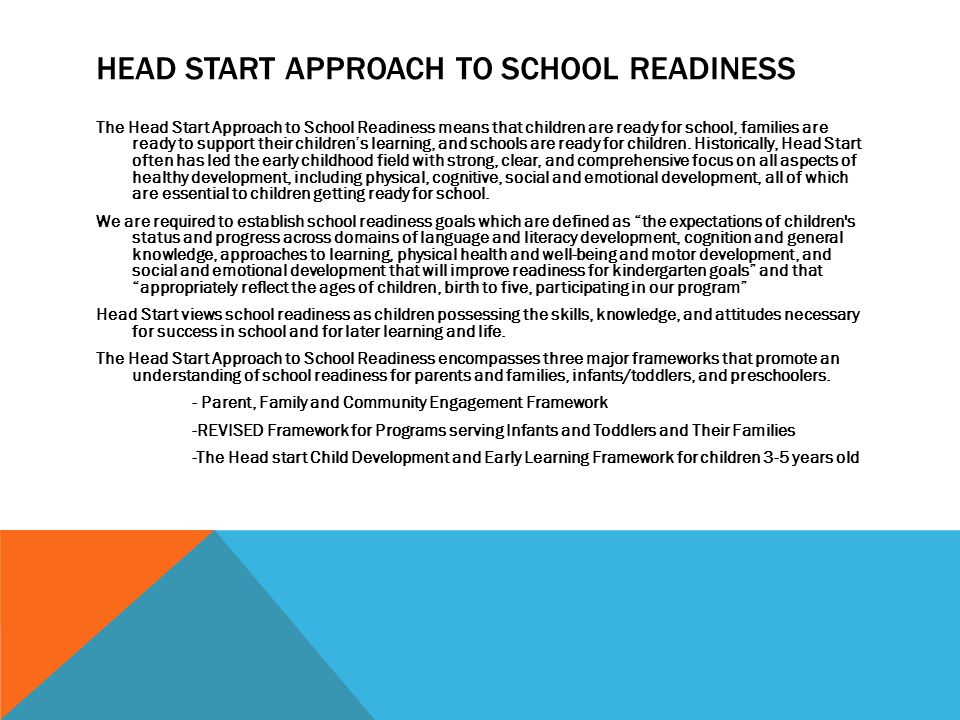
Cognitive activity
‘The need to constantly increase the volume of one’s knowledge, to discover more and more previously unknown concepts – this is the interest in knowledge. It manifests itself from the earliest years, when the baby studies the faces of the parents, various objects and the environment around him. In childhood, a person most actively absorbs information, since everything unknown seems surprising and interesting to him. But closer to school age, the situation is gradually changing – parents and teachers note that the children’s interest in new knowledge decreases, or even completely disappears.
‘This is due to a change in the presentation of information and an increase in its complexity.
‘In order to improve the situation, it is necessary to pay increased attention to the cognitive development of the child, choosing suitable methods for this. One of the most common methods is the introduction of game elements into the educational process. What are the advantages of such an approach?
The role of play in the development of the child
‘When a baby plays, parents think that he is having fun, and partly it is true. Game activity in itself is an interesting process that does not overwork the psyche, does not get bored.
‘The educational side of the play approach is that through it even complex concepts can be explained in a language accessible to the baby. After playing with him, parents can instill in him certain norms of behavior or explain the cause-and-effect relationships between actions and their consequences.
‘Along with educational activities, play activities also have developing functions. Any educational process will be easier if it is conducted in the form of a game. Unlike the usual lessons, this format does not cause excitement and anxiety, as students are not afraid to make mistakes, they boldly give answers to the questions asked. This has a positive effect on the effectiveness of learning and the speed of development of children’s skills. Playing activities arouse their enthusiasm, attract attention, increase involvement and interest.
‘However, for this method to work, it is necessary to choose tasks taking into account the age of preschoolers and schoolchildren. Let’s consider these exercises in more detail.
Cognitive development of preschool children
‘The period from infancy to entering school is considered almost the most important in terms of the formation of intelligence. It is in early childhood that the baby is instilled with the knowledge and skills that he will need in later life. To do this, you can use game tasks that contribute to the cognitive development of children at preschool age. It is better to give preference to those of them that:0003
- learn to distinguish colors and shapes of objects. You can play and practice with the help of cubes, constructors, simple puzzles in which you need to match an object with its shape.
- instill knowledge about animals, plants, transport, professions and so on. It is important to develop your horizons from childhood, and for this you can use riddles.
They are not perceived as difficult exercises, but rather as entertainment, and therefore are great for the development of preschoolers.
- teach numbers and counting, letters and the basics of reading, learn to navigate in space and time. You can play with any toys. The task of parents is to come up with tasks and tasks while they play with the baby. For example, you can offer him to turn right or left if he plays cars, or ask how many products the doll “bought” in the store.
Educational games for schoolchildren
‘Unlike preschool children, school-age children already have basic knowledge and skills, and therefore classes with them should be aimed at a more in-depth development of their abilities. To do this, you can use educational games for children, which are selected according to their age.
‘So, for example, games for the development of horizons, which use picture cards, are perfect for younger students. They can depict natural phenomena, representatives of flora and fauna, various sights, equipment, and so on.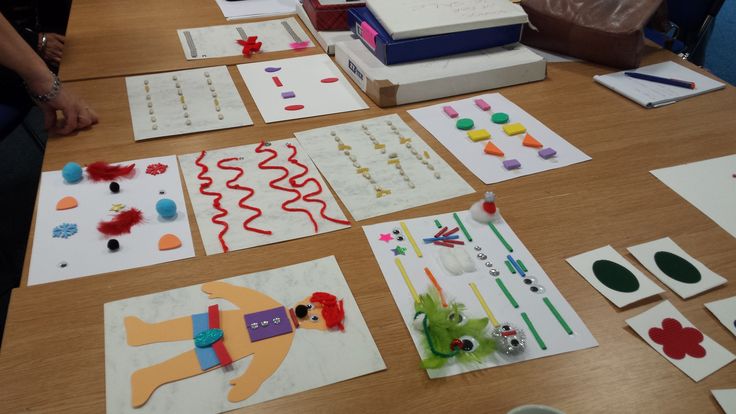
‘Intermediate students may like this exercise, but more often than not it seems too easy for them. Therefore, you can invite them to play intellectual quizzes with adults. Tasks can be very different: calculate in your mind the sum of two randomly selected multi-digit numbers, name the name of the historical figure depicted in the portrait, guess the word by its definition. The more varied the questions, the more interesting the game.
‘Parents need to remember that their main task is to try to captivate the student, to instill in him a craving for knowledge. If it turns out that he did not show interest in a particular type of exercise, then it is better to choose tasks from another area.
The development of cognitive activity in older preschoolers in the classroom in the theater studio
%PDF-1.5
%
10 obj
>
/Metadata 4 0 R
>>
endobj
5 0 obj
/Title
>>
endobj
20 obj
>
endobj
3 0 obj
>
endobj
40 obj
>
stream
Tomilova A.A.1.52019-01-11T13:13:04+05:002019-01-11T13:13:04+05:00
endstream
endobj
6 0 obj
>
/ExtGState>
/ProcSet [/PDF /Text /ImageB /ImageC /ImageI]
/XObject>
>>
/MediaBox[0 0 595.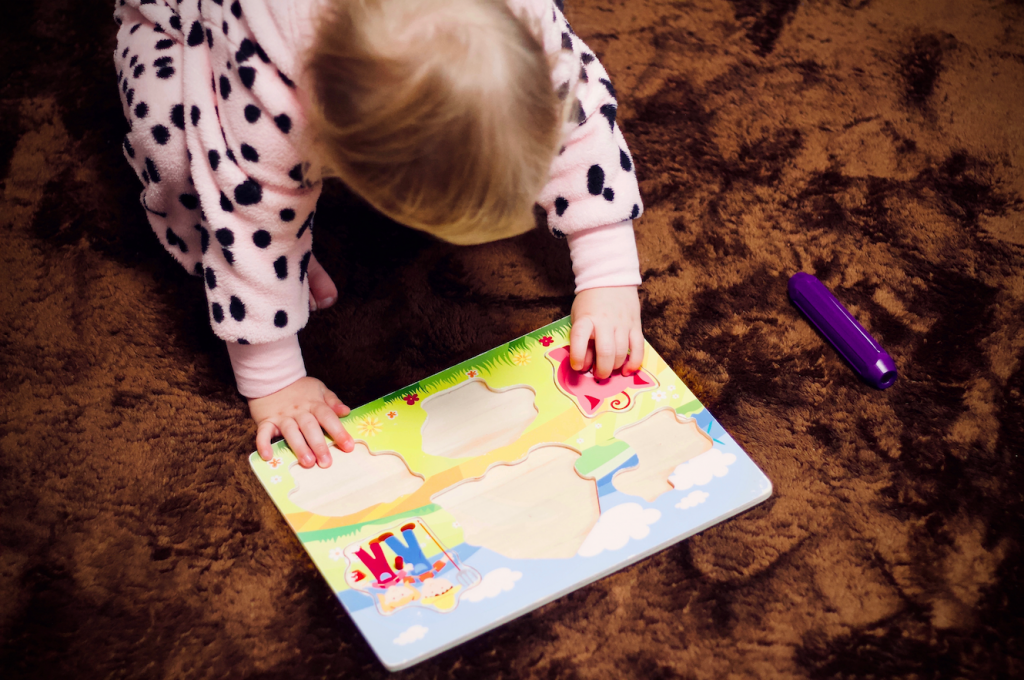
/Contents[92 0 R 93 0 R 94 0 R]
/group>
/Tabs /S
/StructParents 0
/Annots [95 0 R]
>>
endobj
70 obj
>
/ProcSet [/PDF /Text /ImageB /ImageC /ImageI]
>>
/MediaBox [0 0 595.32 841.92]
/Contents 96 0R
/group>
/Tabs /S
/StructParents 1
>>
endobj
80 obj
>
/ExtGState>
/ProcSet [/PDF /Text /ImageB /ImageC /ImageI]
>>
/MediaBox [0 0 595.32 841.92]
/Contents 97 0 R
/group>
/Tabs /S
/StructParents 2
>>
endobj
9 0 obj
>
/ExtGState>
/ProcSet [/PDF /Text /ImageB /ImageC /ImageI]
>>
/MediaBox[0 0 595.32 841.92]
/Contents 98 0R
/group>
/Tabs /S
/StructParents 3
>>
endobj
10 0 obj
>
/ExtGState>
/ProcSet [/PDF /Text /ImageB /ImageC /ImageI]
>>
/MediaBox [0 0 595.32 841.92]
/Contents 99 0R
/group>
/Tabs /S
/StructParents 4
>>
endobj
11 0 obj
>
/ExtGState>
/ProcSet [/PDF /Text /ImageB /ImageC /ImageI]
>>
/MediaBox [0 0 595.32 841.92]
/Contents 100 0R
/group>
/Tabs /S
/StructParents 5
>>
endobj
12 0 obj
>
/ExtGState>
/ProcSet [/PDF /Text /ImageB /ImageC /ImageI]
>>
/MediaBox[0 0 595.32 841.92]
/Contents 101 0 R
/group>
/Tabs /S
/StructParents 6
>>
endobj
13 0 obj
>
/ExtGState>
/ProcSet [/PDF /Text /ImageB /ImageC /ImageI]
>>
/MediaBox [0 0 595.
/Contents 102 0 R
/group>
/Tabs /S
/StructParents 7
>>
endobj
14 0 obj
>
/ExtGState>
/ProcSet [/PDF /Text /ImageB /ImageC /ImageI]
>>
/MediaBox [0 0 595.32 841.92]
/Contents 103 0 R
/group>
/Tabs /S
/StructParents 8
>>
endobj
15 0 obj
>
/ExtGState>
/ProcSet [/PDF /Text /ImageB /ImageC /ImageI]
>>
/MediaBox[0 0 595.32 841.92]
/Contents 104 0 R
/group>
/Tabs /S
/StructParents 9
>>
endobj
16 0 obj
>
/ExtGState>
/ProcSet [/PDF /Text /ImageB /ImageC /ImageI]
>>
/MediaBox [0 0 595.32 841.92]
/Contents 105 0 R
/group>
/Tabs /S
/StructParents 10
>>
endobj
17 0 obj
>
/ExtGState>
/ProcSet [/PDF /Text /ImageB /ImageC /ImageI]
>>
/MediaBox [0 0 595.32 841.92]
/Contents 107 0 R
/group>
/Tabs /S
/StructParents 11
>>
endobj
18 0 obj
>
/ExtGState>
/ProcSet [/PDF /Text /ImageB /ImageC /ImageI]
>>
/MediaBox[0 0 595.32 841.92]
/Contents 108 0R
/group>
/Tabs /S
/StructParents 12
>>
endobj
19 0 obj
>
/ExtGState>
/ProcSet [/PDF /Text /ImageB /ImageC /ImageI]
>>
/MediaBox [0 0 595.32 841.92]
/Contents 109 0 R
/group>
/Tabs /S
/StructParents 13
>>
endobj
20 0 obj
>
/ExtGState>
/ProcSet [/PDF /Text /ImageB /ImageC /ImageI]
>>
/MediaBox [0 0 595.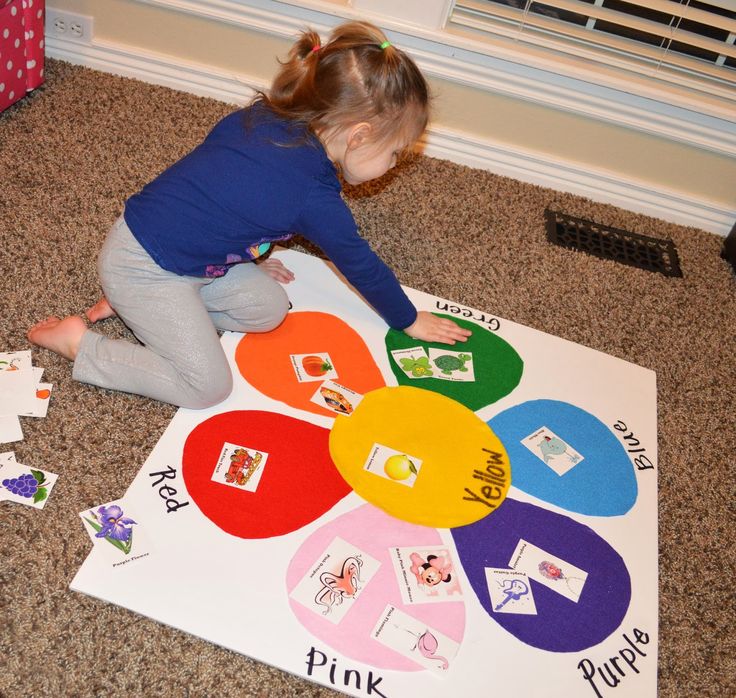
/Contents 110 0R
/group>
/Tabs /S
/StructParents 14
>>
endobj
21 0 obj
>
/ExtGState>
/ProcSet [/PDF /Text /ImageB /ImageC /ImageI]
>>
/MediaBox[0 0 595.32 841.92]
/Contents 111 0 R
/group>
/Tabs /S
/StructParents 15
>>
endobj
22 0 obj
>
/ExtGState>
/ProcSet [/PDF /Text /ImageB /ImageC /ImageI]
>>
/MediaBox [0 0 595.32 841.92]
/Contents 113 0 R
/group>
/Tabs /S
/StructParents 16
>>
endobj
23 0 obj
>
/ExtGState>
/ProcSet [/PDF /Text /ImageB /ImageC /ImageI]
>>
/MediaBox [0 0 595.32 841.92]
/Contents 114 0 R
/group>
/Tabs /S
/StructParents 17
>>
endobj
24 0 obj
>
/ExtGState>
/ProcSet [/PDF /Text /ImageB /ImageC /ImageI]
>>
/MediaBox[0 0 595.32 841.92]
/Contents 115 0 R
/group>
/Tabs /S
/StructParents 18
>>
endobj
25 0 obj
>
/ExtGState>
/ProcSet [/PDF /Text /ImageB /ImageC /ImageI]
>>
/MediaBox [0 0 595.32 841.92]
/Contents 116 0 R
/group>
/Tabs /S
/StructParents 19
>>
endobj
26 0 obj
>
/ExtGState>
/ProcSet [/PDF /Text /ImageB /ImageC /ImageI]
>>
/MediaBox [0 0 595.32 841.92]
/Contents 117 0 R
/group>
/Tabs /S
/StructParents 20
>>
endobj
27 0 obj
>
/ExtGState>
/ProcSet [/PDF /Text /ImageB /ImageC /ImageI]
>>
/MediaBox[0 0 595.
/Contents 118 0 R
/group>
/Tabs /S
/StructParents 21
>>
endobj
28 0 obj
>
/ExtGState>
/ProcSet [/PDF /Text /ImageB /ImageC /ImageI]
>>
/MediaBox [0 0 595.32 841.92]
/Contents 119 0 R
/group>
/Tabs /S
/StructParents 22
>>
endobj
29 0 obj
>
/ExtGState>
/ProcSet [/PDF /Text /ImageB /ImageC /ImageI]
>>
/MediaBox [0 0 595.32 841.92]
/Contents 120 0 R
/group>
/Tabs /S
/StructParents 23
>>
endobj
30 0 obj
>
/ExtGState>
/ProcSet [/PDF /Text /ImageB /ImageC /ImageI]
>>
/MediaBox[0 0 595.32 841.92]
/Contents 121 0 R
/group>
/Tabs /S
/StructParents 24
>>
endobj
31 0 obj
>
/ExtGState>
/ProcSet [/PDF /Text /ImageB /ImageC /ImageI]
>>
/MediaBox [0 0 595.32 841.92]
/Contents 122 0 R
/group>
/Tabs /S
/StructParents 25
>>
endobj
32 0 obj
>
/ExtGState>
/ProcSet [/PDF /Text /ImageB /ImageC /ImageI]
>>
/MediaBox [0 0 595.32 841.92]
/Contents 123 0 R
/group>
/Tabs /S
/StructParents 26
>>
endobj
33 0 obj
>
/ExtGState>
/ProcSet [/PDF /Text /ImageB /ImageC /ImageI]
>>
/MediaBox[0 0 595.32 841.92]
/Contents 124 0 R
/group>
/Tabs /S
/StructParents 27
>>
endobj
34 0 obj
>
/ExtGState>
/ProcSet [/PDF /Text /ImageB /ImageC /ImageI]
>>
/MediaBox [0 0 595.
/Contents 125 0 R
/group>
/Tabs /S
/StructParents 28
>>
endobj
35 0 obj
>
/ExtGState>
/ProcSet [/PDF /Text /ImageB /ImageC /ImageI]
>>
/MediaBox [0 0 595.32 841.92]
/Contents 126 0 R
/group>
/Tabs /S
/StructParents 29
>>
endobj
36 0 obj
>
/ExtGState>
/ProcSet [/PDF /Text /ImageB /ImageC /ImageI]
>>
/MediaBox[0 0 595.32 841.92]
/Contents 127 0 R
/group>
/Tabs /S
/StructParents 30
>>
endobj
37 0 obj
>
/ExtGState>
/ProcSet [/PDF /Text /ImageB /ImageC /ImageI]
>>
/MediaBox [0 0 595.32 841.92]
/Contents 128 0R
/group>
/Tabs /S
/StructParents 31
>>
endobj
38 0 obj
>
/ExtGState>
/ProcSet [/PDF /Text /ImageB /ImageC /ImageI]
>>
/MediaBox [0 0 595.32 841.92]
/Contents 129 0R
/group>
/Tabs /S
/StructParents 32
>>
endobj
39 0 obj
>
/ExtGState>
/ProcSet [/PDF /Text /ImageB /ImageC /ImageI]
>>
/MediaBox[0 0 595.32 841.92]
/Contents 130 0 R
/group>
/Tabs /S
/StructParents 33
>>
endobj
40 0 obj
>
/ExtGState>
/ProcSet [/PDF /Text /ImageB /ImageC /ImageI]
>>
/MediaBox [0 0 595.32 841.92]
/Contents 131 0 R
/group>
/Tabs /S
/StructParents 34
>>
endobj
41 0 obj
>
/ExtGState>
/ProcSet [/PDF /Text /ImageB /ImageC /ImageI]
>>
/MediaBox [0 0 595.
/Contents 132 0R
/group>
/Tabs /S
/StructParents 35
>>
endobj
42 0 obj
>
/ExtGState>
/ProcSet [/PDF /Text /ImageB /ImageC /ImageI]
>>
/MediaBox[0 0 595.32 841.92]
/Contents 133 0R
/group>
/Tabs /S
/StructParents 36
>>
endobj
43 0 obj
>
/ExtGState>
/ProcSet [/PDF /Text /ImageB /ImageC /ImageI]
>>
/MediaBox [0 0 595.32 841.92]
/Contents 134 0R
/group>
/Tabs /S
/StructParents 37
>>
endobj
44 0 obj
>
/ExtGState>
/ProcSet [/PDF /Text /ImageB /ImageC /ImageI]
>>
/MediaBox [0 0 595.32 841.92]
/Contents 135 0 R
/group>
/Tabs /S
/StructParents 38
>>
endobj
45 0 obj
>
/ExtGState>
/ProcSet [/PDF /Text /ImageB /ImageC /ImageI]
>>
/MediaBox[0 0 595.32 841.92]
/Contents 136 0 R
/group>
/Tabs /S
/StructParents 39
>>
endobj
46 0 obj
>
/ExtGState>
/ProcSet [/PDF /Text /ImageB /ImageC /ImageI]
>>
/MediaBox [0 0 595.32 841.92]
/Contents 137 0 R
/group>
/Tabs /S
/StructParents 40
>>
endobj
47 0 obj
>
/ExtGState>
/ProcSet [/PDF /Text /ImageB /ImageC /ImageI]
>>
/MediaBox [0 0 595.32 841.92]
/Contents 138 0R
/group>
/Tabs /S
/StructParents 41
>>
endobj
48 0 obj
>
/ExtGState>
/ProcSet [/PDF /Text /ImageB /ImageC /ImageI]
>>
/MediaBox[0 0 595.
/Contents 139 0 R
/group>
/Tabs /S
/StructParents 42
>>
endobj
49 0 obj
>
/ExtGState>
/ProcSet [/PDF /Text /ImageB /ImageC /ImageI]
>>
/MediaBox [0 0 595.32 841.92]
/Contents 140 0 R
/group>
/Tabs /S
/StructParents 43
>>
endobj
50 0 obj
>
/ExtGState>
/ProcSet [/PDF /Text /ImageB /ImageC /ImageI]
>>
/MediaBox [0 0 595.32 841.92]
/Contents 141 0 R
/group>
/Tabs /S
/StructParents 44
>>
endobj
51 0 obj
>
/ExtGState>
/ProcSet [/PDF /Text /ImageB /ImageC /ImageI]
>>
/MediaBox[0 0 595.32 841.92]
/Contents 142 0 R
/group>
/Tabs /S
/StructParents 45
>>
endobj
52 0 obj
>
/ExtGState>
/ProcSet [/PDF /Text /ImageB /ImageC /ImageI]
>>
/MediaBox [0 0 595.32 841.92]
/Contents 143 0 R
/group>
/Tabs /S
/StructParents 46
>>
endobj
53 0 obj
>
/ExtGState>
/ProcSet [/PDF /Text /ImageB /ImageC /ImageI]
>>
/MediaBox [0 0 595.32 841.92]
/Contents 144 0 R
/group>
/Tabs /S
/StructParents 47
>>
endobj
54 0 obj
>
/ExtGState>
/ProcSet [/PDF /Text /ImageB /ImageC /ImageI]
>>
/MediaBox[0 0 595.32 841.92]
/Contents 145 0 R
/group>
/Tabs /S
/StructParents 48
>>
endobj
55 0 obj
>
/ExtGState>
/ProcSet [/PDF /Text /ImageB /ImageC /ImageI]
>>
/MediaBox [0 0 595.
/Contents 146 0 R
/group>
/Tabs /S
/StructParents 49
>>
endobj
56 0 obj
>
/ExtGState>
/ProcSet [/PDF /Text /ImageB /ImageC /ImageI]
>>
/MediaBox [0 0 595.32 841.92]
/Contents 147 0 R
/group>
/Tabs /S
/StructParents 50
>>
endobj
57 0 obj
>
/ExtGState>
/ProcSet [/PDF /Text /ImageB /ImageC /ImageI]
>>
/MediaBox[0 0 595.32 841.92]
/Contents 148 0R
/group>
/Tabs /S
/StructParents 51
>>
endobj
58 0 obj
>
/ExtGState>
/ProcSet [/PDF /Text /ImageB /ImageC /ImageI]
>>
/MediaBox [0 0 595.32 841.92]
/Contents 149 0 R
/group>
/Tabs /S
/StructParents 52
>>
endobj
59 0 obj
>
/ExtGState>
/ProcSet [/PDF /Text /ImageB /ImageC /ImageI]
>>
/MediaBox [0 0 595.32 841.92]
/Contents 150 0R
/group>
/Tabs /S
/StructParents 53
>>
endobj
60 0 obj
>
/ExtGState>
/ProcSet [/PDF /Text /ImageB /ImageC /ImageI]
>>
/MediaBox[0 0 595.32 841.92]
/Contents 151 0 R
/group>
/Tabs /S
/StructParents 54
>>
endobj
61 0 obj
>
/ExtGState>
/ProcSet [/PDF /Text /ImageB /ImageC /ImageI]
>>
/MediaBox [0 0 595.32 841.92]
/Contents 152 0 R
/group>
/Tabs /S
/StructParents 55
>>
endobj
62 0 obj
>
/ExtGState>
/ProcSet [/PDF /Text /ImageB /ImageC /ImageI]
>>
/MediaBox [0 0 595.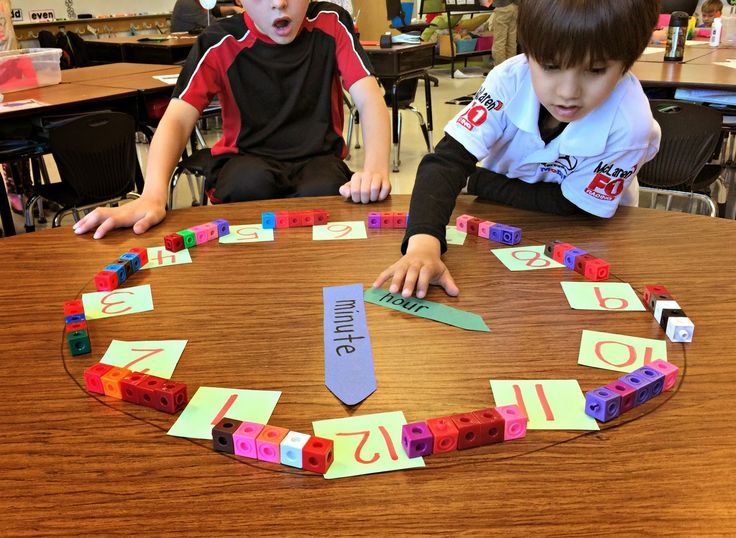
/Contents 153 0 R
/group>
/Tabs /S
/StructParents 56
>>
endobj
63 0 obj
>
/ExtGState>
/ProcSet [/PDF /Text /ImageB /ImageC /ImageI]
>>
/MediaBox[0 0 595.32 841.92]
/Contents 154 0R
/group>
/Tabs /S
/StructParents 57
>>
endobj
64 0 obj
>
/ExtGState>
/ProcSet [/PDF /Text /ImageB /ImageC /ImageI]
>>
/MediaBox [0 0 595.32 841.92]
/Contents 155 0R
/group>
/Tabs /S
/StructParents 58
>>
endobj
65 0 obj
>
/ExtGState>
/ProcSet [/PDF /Text /ImageB /ImageC /ImageI]
>>
/MediaBox [0 0 595.32 841.92]
/Contents 156 0R
/group>
/Tabs /S
/StructParents 59
>>
endobj
66 0 obj
>
/ExtGState>
/ProcSet [/PDF /Text /ImageB /ImageC /ImageI]
>>
/MediaBox[0 0 595.32 841.92]
/Contents 157 0 R
/group>
/Tabs /S
/StructParents 60
>>
endobj
67 0 obj
>
/ExtGState>
/ProcSet [/PDF /Text /ImageB /ImageC /ImageI]
>>
/MediaBox [0 0 595.32 841.92]
/Contents 158 0 R
/group>
/Tabs /S
/StructParents 61
>>
endobj
68 0 obj
>
/ExtGState>
/ProcSet [/PDF /Text /ImageB /ImageC /ImageI]
>>
/MediaBox [0 0 595.32 841.92]
/Contents 159 0R
/group>
/Tabs /S
/StructParents 62
>>
endobj
69 0 obj
>
/ExtGState>
/ProcSet [/PDF /Text /ImageB /ImageC /ImageI]
>>
/MediaBox[0 0 595.
/Contents 160 0 R
/group>
/Tabs /S
/StructParents 63
>>
endobj
70 0 obj
>
/ExtGState>
/ProcSet [/PDF /Text /ImageB /ImageC /ImageI]
>>
/MediaBox [0 0 595.32 841.92]
/Contents 161 0 R
/group>
/Tabs /S
/StructParents 64
>>
endobj
71 0 obj
>
/ExtGState>
/ProcSet [/PDF /Text /ImageB /ImageC /ImageI]
>>
/MediaBox [0 0 595.32 841.92]
/Contents 162 0 R
/group>
/Tabs /S
/StructParents 65
>>
endobj
72 0 obj
>
/ExtGState>
/ProcSet [/PDF /Text /ImageB /ImageC /ImageI]
>>
/MediaBox[0 0 595.32 841.92]
/Contents 163 0R
/group>
/Tabs /S
/StructParents 66
>>
endobj
73 0 obj
>
/ExtGState>
/ProcSet [/PDF /Text /ImageB /ImageC /ImageI]
>>
/MediaBox [0 0 595.32 841.92]
/Contents 164 0 R
/group>
/Tabs /S
/StructParents 67
>>
endobj
74 0 obj
>
/ExtGState>
/ProcSet [/PDF /Text /ImageB /ImageC /ImageI]
>>
/MediaBox [0 0 595.32 841.92]
/Contents 165 0 R
/group>
/Tabs /S
/StructParents 68
>>
endobj
75 0 obj
>
/ExtGState>
/ProcSet [/PDF /Text /ImageB /ImageC /ImageI]
>>
/MediaBox[0 0 595.32 841.92]
/Contents 166 0 R
/group>
/Tabs /S
/StructParents 69
>>
endobj
76 0 obj
>
/ExtGState>
/ProcSet [/PDF /Text /ImageB /ImageC /ImageI]
>>
/MediaBox [0 0 595.







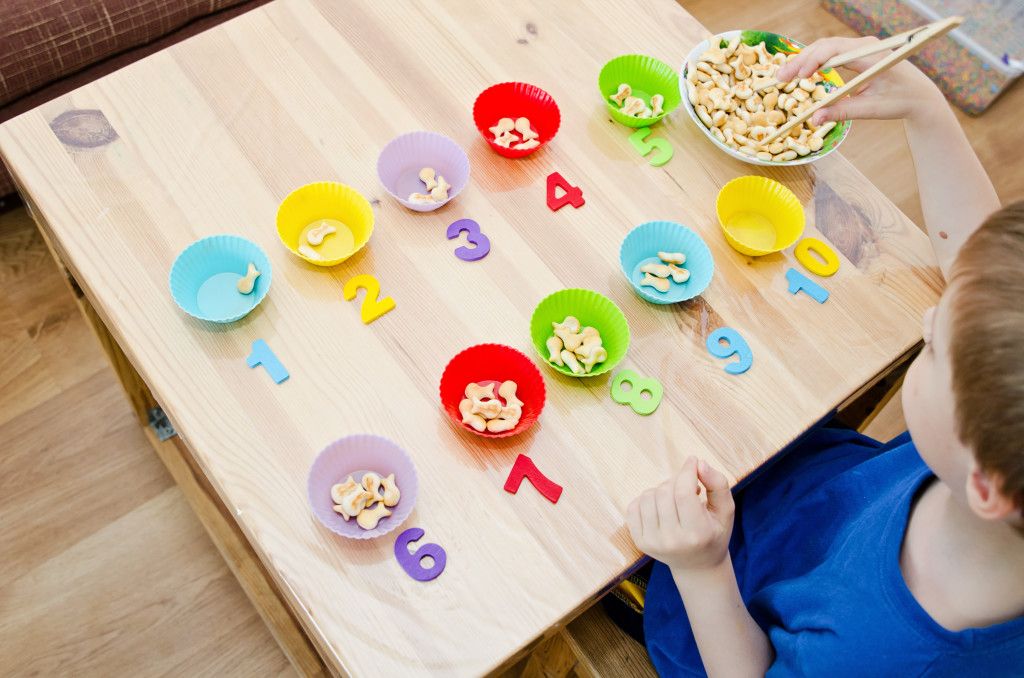 You can also do this by sorting different shapes. Ask your child to describe what they are doing for an added language connection.
You can also do this by sorting different shapes. Ask your child to describe what they are doing for an added language connection. 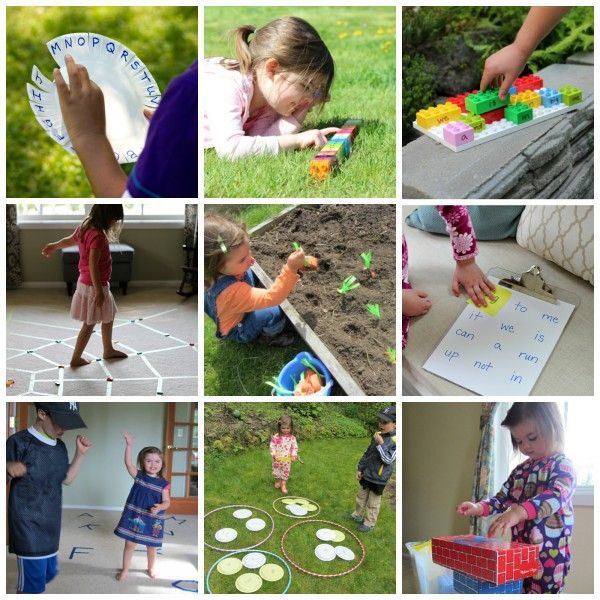

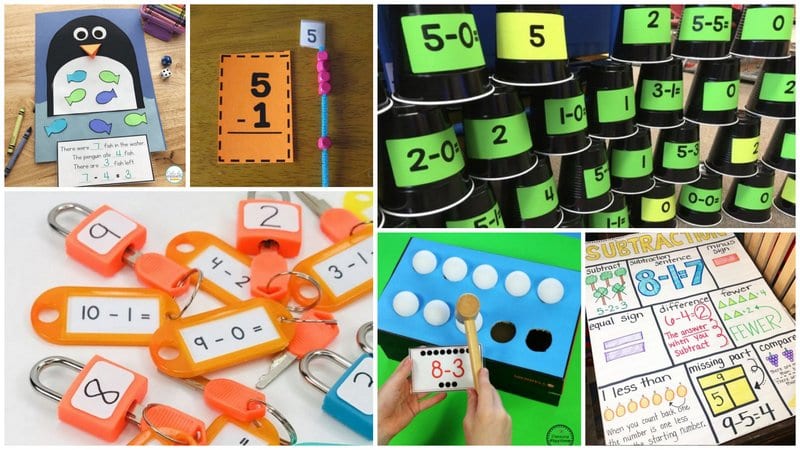 They are not perceived as difficult exercises, but rather as entertainment, and therefore are great for the development of preschoolers.
They are not perceived as difficult exercises, but rather as entertainment, and therefore are great for the development of preschoolers. 
 That’s a big difference,
That’s a big difference, When your child is wandering all over the
When your child is wandering all over the Labels are everywhere to help kids connect
Labels are everywhere to help kids connect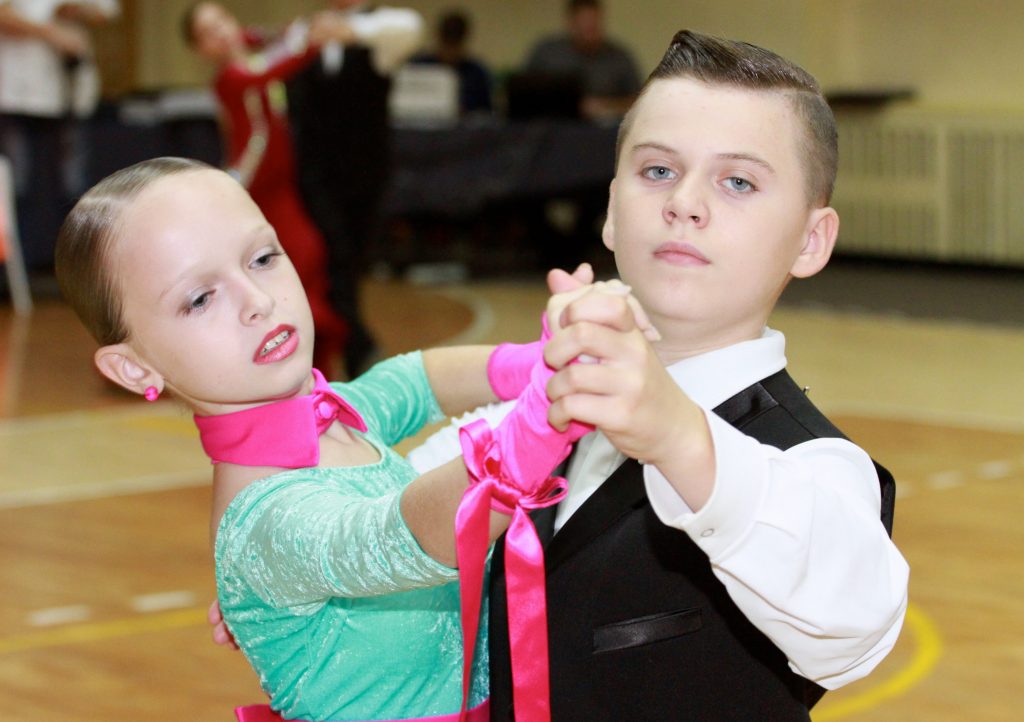 And yes—little chefs get to eat their culinary creations!
And yes—little chefs get to eat their culinary creations!
 )
)






 That’s why we offer a ton
That’s why we offer a ton Your child will also deepen their knowledge in language,
Your child will also deepen their knowledge in language,
 Being a great educator isn’t enough though.
Being a great educator isn’t enough though.
 Our centers aren’t just licensed—most are accredited, too! Find out more.
Our centers aren’t just licensed—most are accredited, too! Find out more. If your child has special dietary requirements and you would prefer to bring in their lunch, please make arrangements with the center director.
If your child has special dietary requirements and you would prefer to bring in their lunch, please make arrangements with the center director. By itself, the modern city is almost of no interest.
By itself, the modern city is almost of no interest.  At the time of the games in Greece, all hostilities ceased.
At the time of the games in Greece, all hostilities ceased. 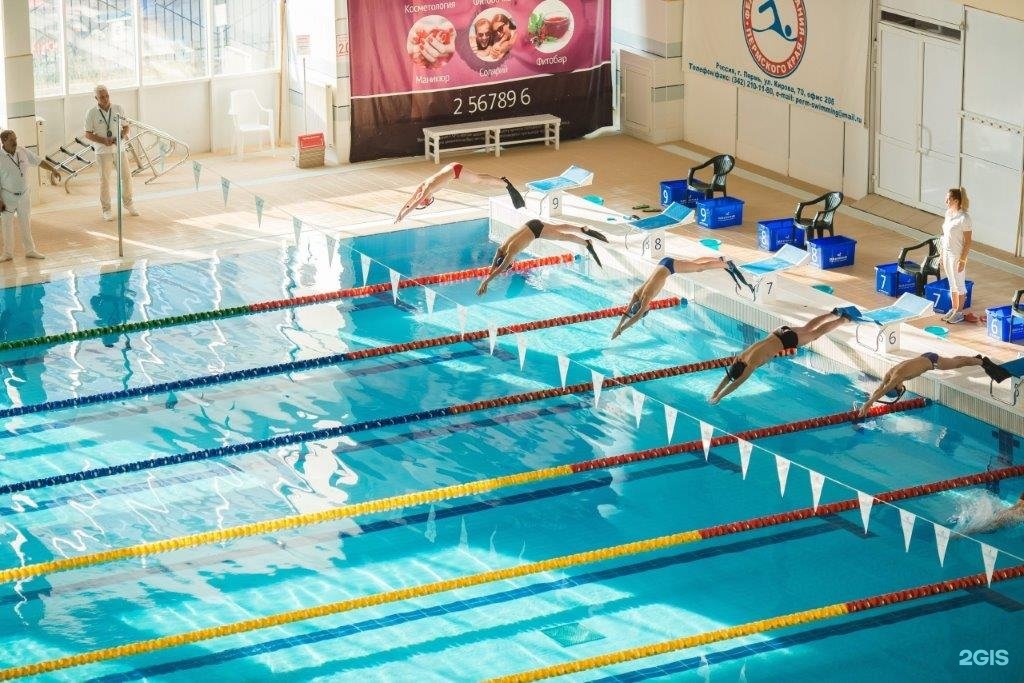 A distant idea of it can only be obtained from the images on the coins. Going further, you will see bases Leonidion , an old house for noble visitors, founded by a resident of Naxos, Leonidas, in the 4th century. BC. and expanded twice in the Roman era. In the center of the building there was a Doric peristyle with 44 columns, living quarters were located around it, and galleries ran outside. Next to Leonidion were the southern terms, and behind them – bouleuterium . You continue your inspection, and here you have the ruins of the famous Doric temple of Zeus, built from local stone – hard limestone. There were 6 columns on the facades of the temple, and 13 columns on the sides. The sculptural decoration is made of marble. The reliefs of twelve metopes depicted each one of Hercules’ labors. The subject of the sculptural composition of the main, eastern, facade was the myth of the competition between Pelops and Oenomaus, and centauromachia was depicted on the western one.
A distant idea of it can only be obtained from the images on the coins. Going further, you will see bases Leonidion , an old house for noble visitors, founded by a resident of Naxos, Leonidas, in the 4th century. BC. and expanded twice in the Roman era. In the center of the building there was a Doric peristyle with 44 columns, living quarters were located around it, and galleries ran outside. Next to Leonidion were the southern terms, and behind them – bouleuterium . You continue your inspection, and here you have the ruins of the famous Doric temple of Zeus, built from local stone – hard limestone. There were 6 columns on the facades of the temple, and 13 columns on the sides. The sculptural decoration is made of marble. The reliefs of twelve metopes depicted each one of Hercules’ labors. The subject of the sculptural composition of the main, eastern, facade was the myth of the competition between Pelops and Oenomaus, and centauromachia was depicted on the western one.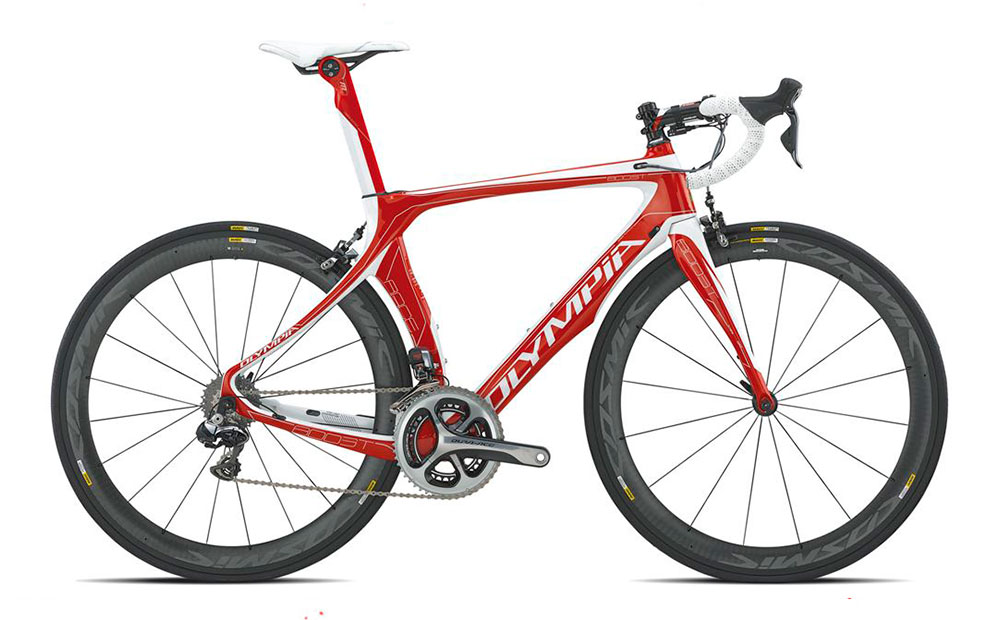 The surviving sculptures of the pediments of the temple and metopes are exhibited in the museum.
The surviving sculptures of the pediments of the temple and metopes are exhibited in the museum.  30 – 15:00
30 – 15:00  1″ produces a wide range of quality lumber
1″ produces a wide range of quality lumber 
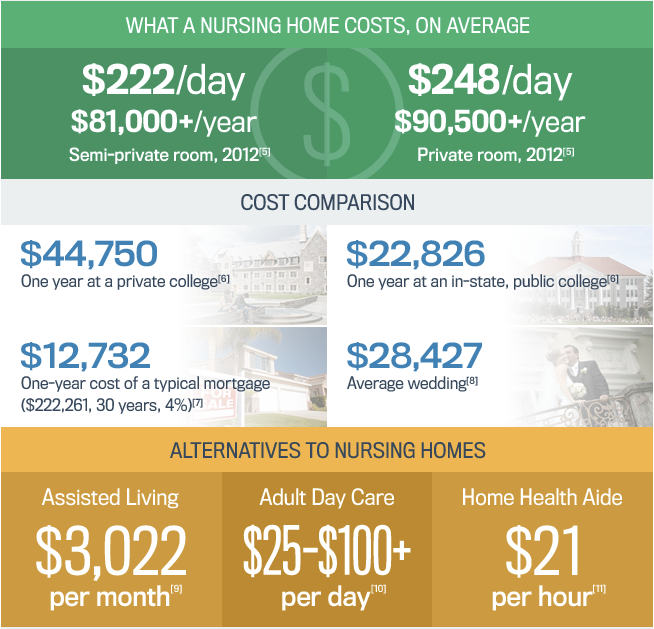
 Check with your employer to see if you qualify for benefits or assistance.
Check with your employer to see if you qualify for benefits or assistance. 3 a week
3 a week co.uk and au pair pocket money rates at GOV.UKOpens in a new window
co.uk and au pair pocket money rates at GOV.UKOpens in a new window 81 a week
81 a week
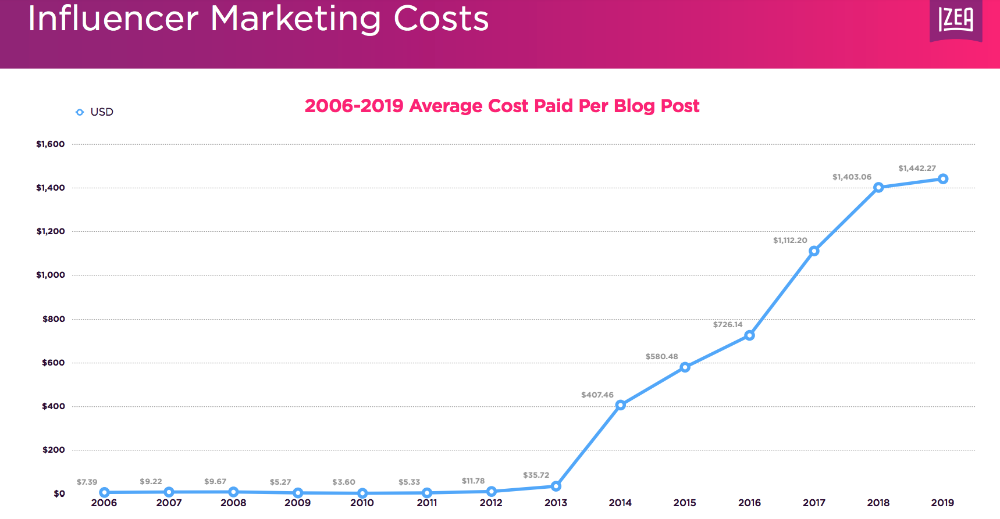
 13
13 91
91 60
60
 When calculating the amount for the current month, the actual time spent by the child in kindergarten for the previous month is taken into account (there is a recalculation and the amount is reduced). The recalculation of the parental fee is done when the child does not attend a preschool institution for 3 days in a row or more.
When calculating the amount for the current month, the actual time spent by the child in kindergarten for the previous month is taken into account (there is a recalculation and the amount is reduced). The recalculation of the parental fee is done when the child does not attend a preschool institution for 3 days in a row or more. 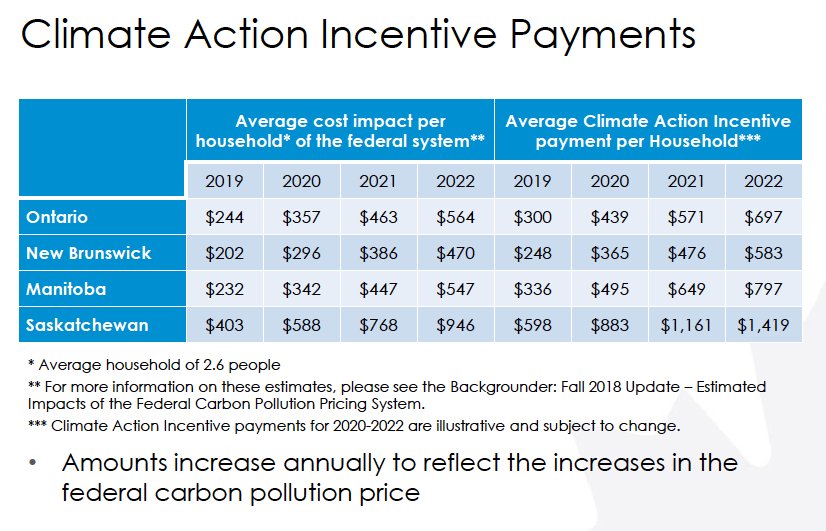 Petersburg, has changed:
Petersburg, has changed: 
 00-20.00
00-20.00 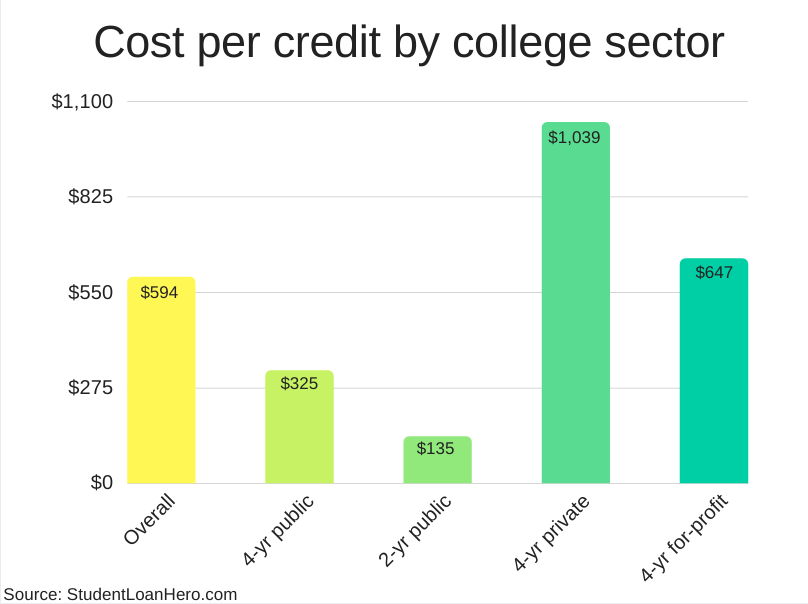 Made studio, etc.
Made studio, etc. 


 index.php$ – [L]
index.php$ – [L]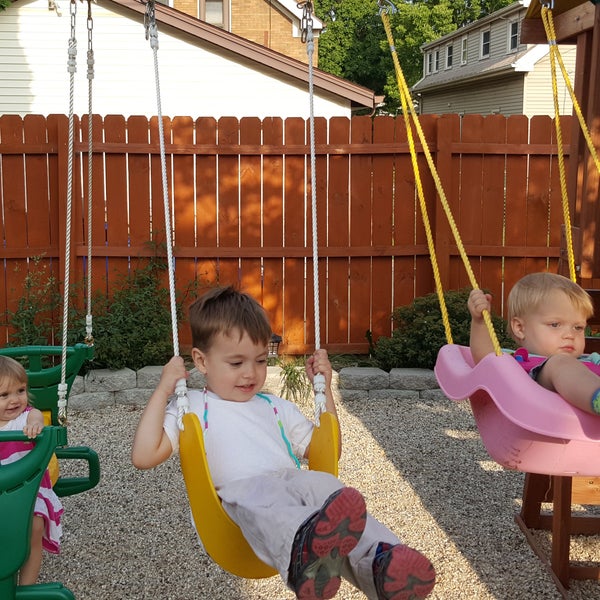 (You may need to consult other articles and resources for that information.)
(You may need to consult other articles and resources for that information.)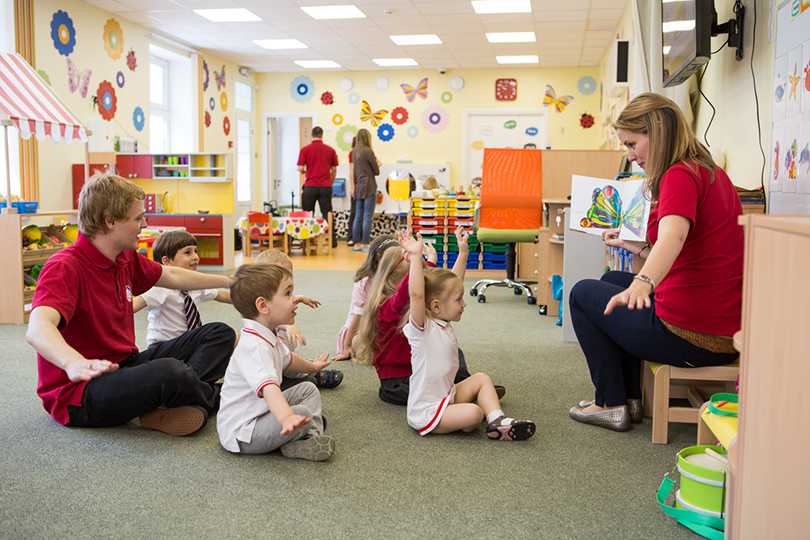
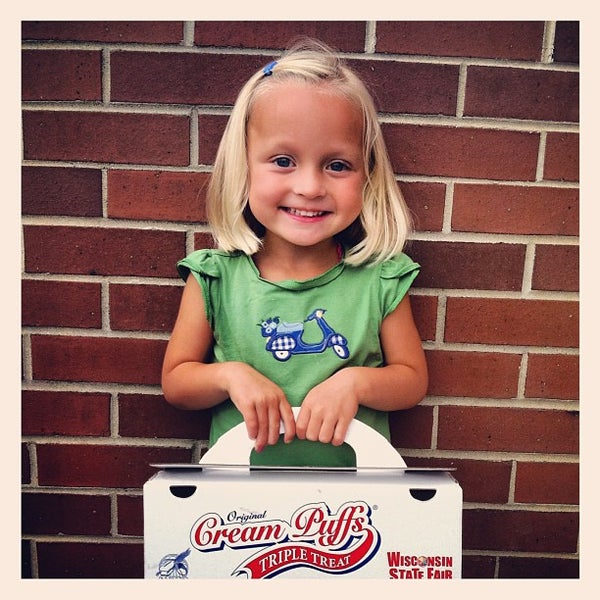
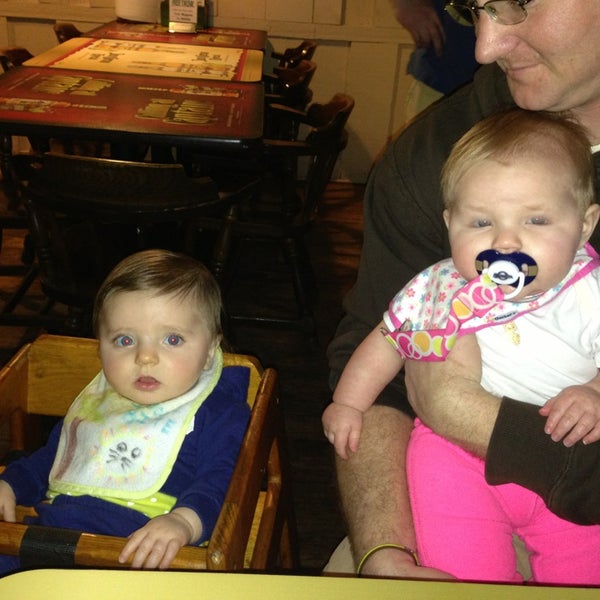 We use a state-of-the-art locked security system to keep everyone safe.
We use a state-of-the-art locked security system to keep everyone safe.
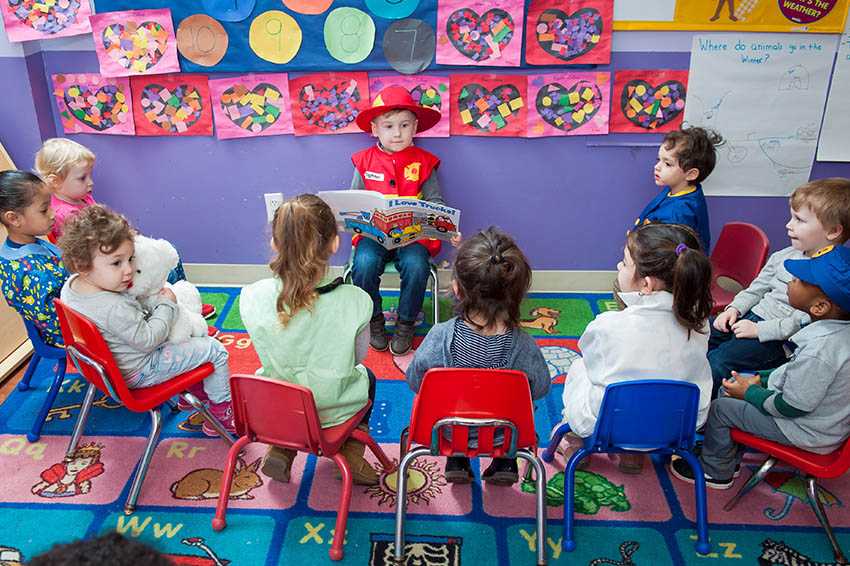 The National Accreditation Commission provides a comprehensive, ongoing quality improvement system and accredited schools must meet standards in the following 6 component areas: Administration, Family Engagement, Health and Safety, Curriculum, Interactions between Teachers and Children, and Classroom Health and Safety.
The National Accreditation Commission provides a comprehensive, ongoing quality improvement system and accredited schools must meet standards in the following 6 component areas: Administration, Family Engagement, Health and Safety, Curriculum, Interactions between Teachers and Children, and Classroom Health and Safety.
 And then he asked for a number.
And then he asked for a number. 

 The trooper had spotted the plumber’s van and was now chasing the would-be kidnapper. Since they were passing through the shopping district, McClary was closest to the scene: moving perpendicular to the indicated road. A few seconds after he turned on the light signal and the siren, the connection was broken completely.
The trooper had spotted the plumber’s van and was now chasing the would-be kidnapper. Since they were passing through the shopping district, McClary was closest to the scene: moving perpendicular to the indicated road. A few seconds after he turned on the light signal and the siren, the connection was broken completely.  A few blocks behind him, another police car, Gravino’s Crown Vika, was catching up.
A few blocks behind him, another police car, Gravino’s Crown Vika, was catching up. 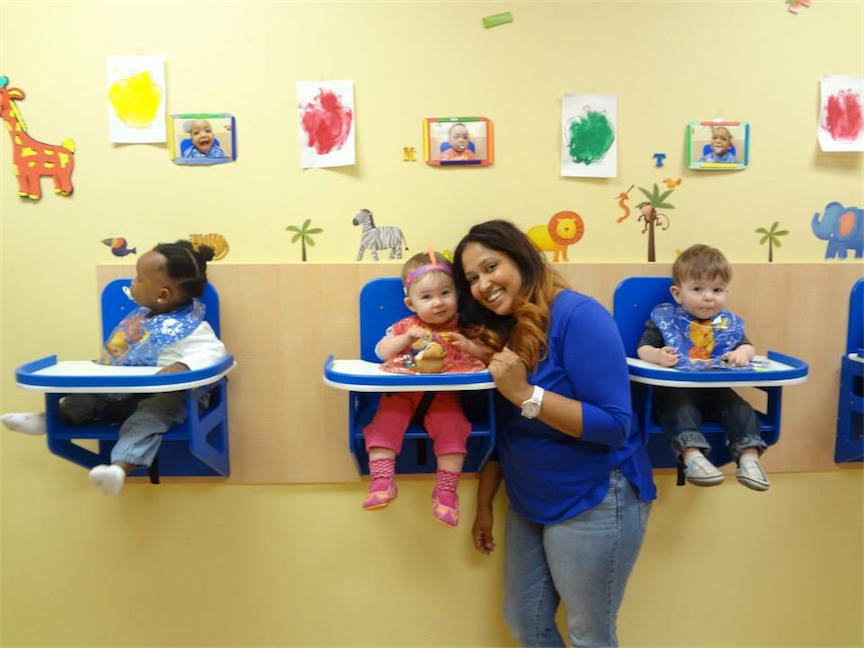 The radio crackled with messages from other police cars. Those were only seconds away. Bobby had a bad feeling that their fate would be sealed before they even got close.
The radio crackled with messages from other police cars. Those were only seconds away. Bobby had a bad feeling that their fate would be sealed before they even got close. 

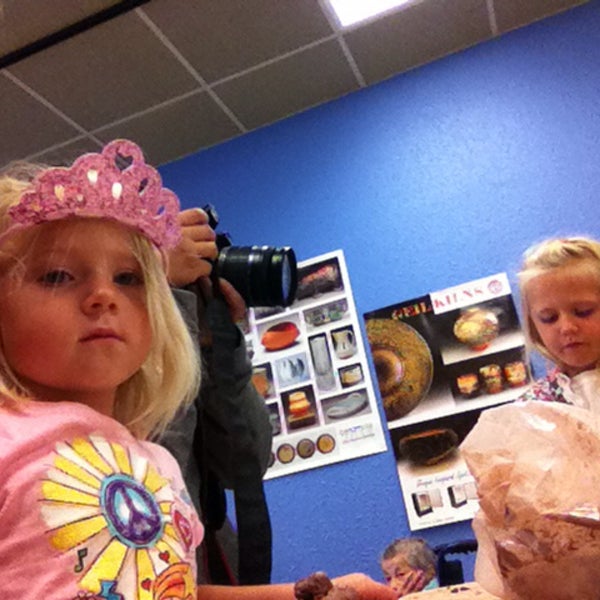 Please try again.
Please try again.  We take care of managing our homeowners’ vacation houses so they can have peace of mind (and their home when they want to). And our guests book vacations confidently knowing they’re going to find exactly what they’re looking for without any surprises. Each vacation home is always cared for by our professional local teams who implement our high cleanliness and maintenance values, while the hands-off tasks of vacation rental management–marketing, filing taxes, and maintaining a website–are handled by a specialized central support team. Our passion and focus remains true: to empower our homeowners, guests, and employees to invest in vacation.
We take care of managing our homeowners’ vacation houses so they can have peace of mind (and their home when they want to). And our guests book vacations confidently knowing they’re going to find exactly what they’re looking for without any surprises. Each vacation home is always cared for by our professional local teams who implement our high cleanliness and maintenance values, while the hands-off tasks of vacation rental management–marketing, filing taxes, and maintaining a website–are handled by a specialized central support team. Our passion and focus remains true: to empower our homeowners, guests, and employees to invest in vacation. 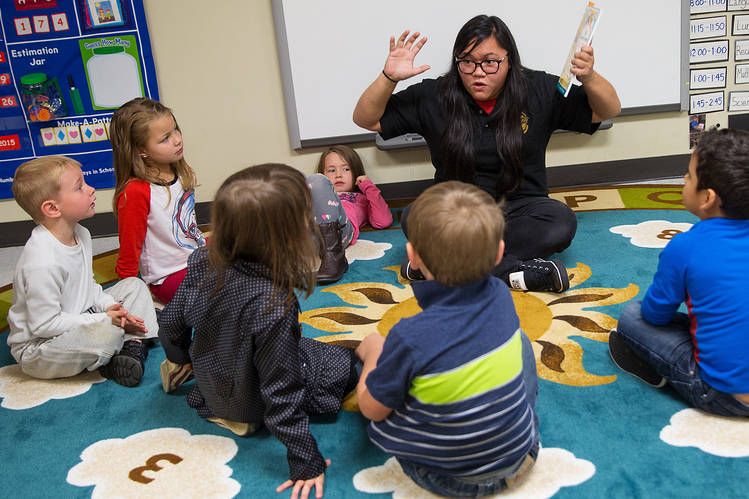 The second building has two separate sleeping rooms, a living space, and a full bath. The true beauty of this home comes from the outdoor area. The centerpiece is the heated saltwater pool, accented by a stunning patio for outdoor dining and cooking. And of course a firepit for S’mores and more. Don’t overlook the large green yard that prompts guests to feel the grass between their toes and the salty air blowing through their hair, truly a paradise. There are plenty of indoor and outdoor games for adults and children.
The second building has two separate sleeping rooms, a living space, and a full bath. The true beauty of this home comes from the outdoor area. The centerpiece is the heated saltwater pool, accented by a stunning patio for outdoor dining and cooking. And of course a firepit for S’mores and more. Don’t overlook the large green yard that prompts guests to feel the grass between their toes and the salty air blowing through their hair, truly a paradise. There are plenty of indoor and outdoor games for adults and children. 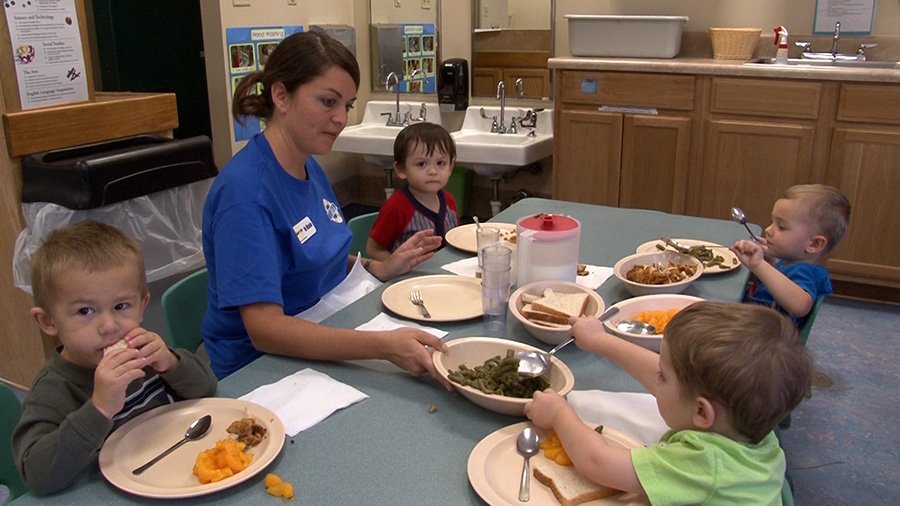
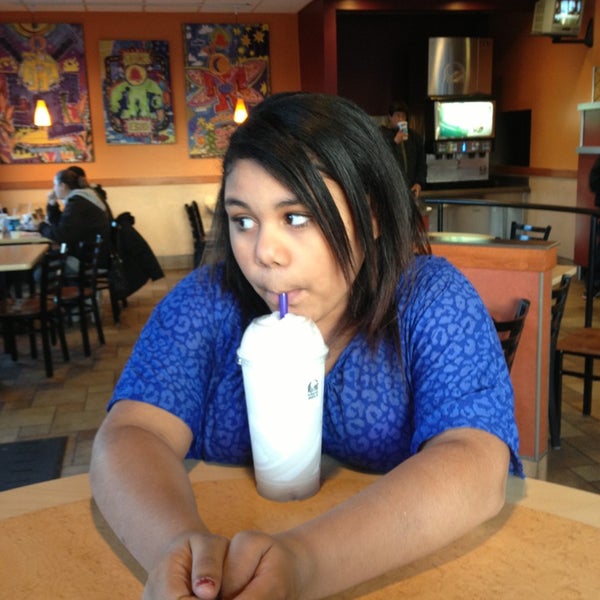




 These statistics are a solid testament to the hard work and dedication we put towards our children and the impacts Circle Time has on the future of our community through education. We are a beloved institution dedicated to the growth and success of our children as we endeavor to assist them in reaching their full potential.
These statistics are a solid testament to the hard work and dedication we put towards our children and the impacts Circle Time has on the future of our community through education. We are a beloved institution dedicated to the growth and success of our children as we endeavor to assist them in reaching their full potential.
 My girls were born very prematurely and had significant delays. The staff at Circle Time worked with them as individuals, never pushing but encouraging them appropriately to progress towards milestones. The… more
My girls were born very prematurely and had significant delays. The staff at Circle Time worked with them as individuals, never pushing but encouraging them appropriately to progress towards milestones. The… more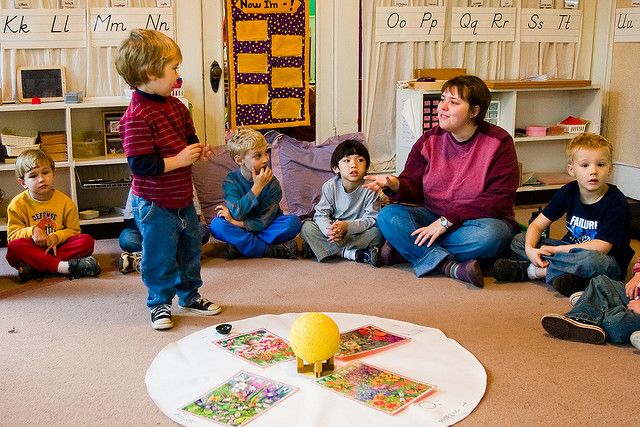 Gigi and the staff are amazing. our daughter loves her time there, and the staff have helped my wife and I become well rounded first time parents with a few tips and tricks through their years of experience. You won’t be disappointed.
Gigi and the staff are amazing. our daughter loves her time there, and the staff have helped my wife and I become well rounded first time parents with a few tips and tricks through their years of experience. You won’t be disappointed.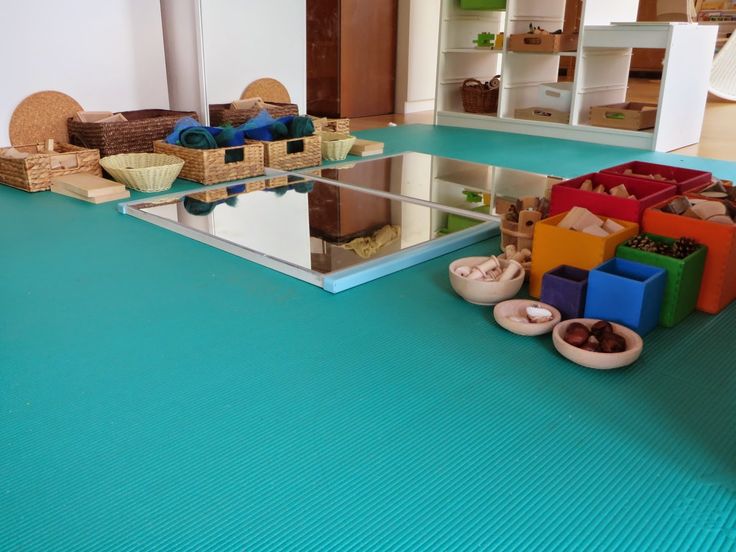 This child care center helps with children in the age range of 0 – 13 years. The provider also participates in a subsidized child care program.
This child care center helps with children in the age range of 0 – 13 years. The provider also participates in a subsidized child care program.
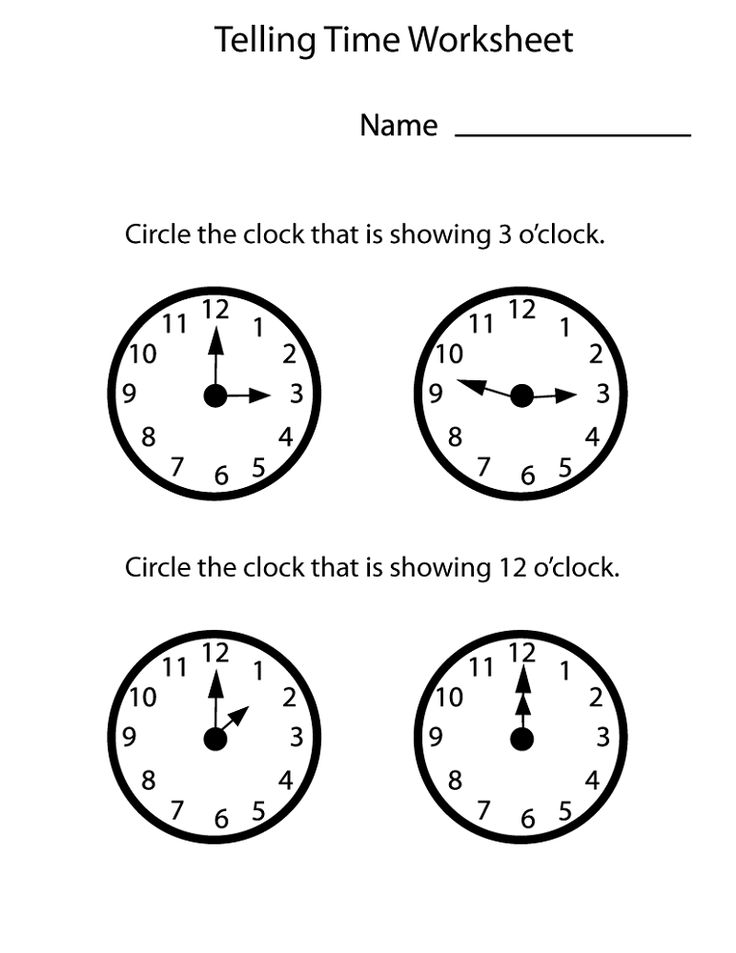

 cpsc.gov/Safety-Education/Safety- Education-Centers/cribs , playpen, or other Office of Licensing-approved sleeping equipment that meets the following requirement that sleeping equipment shall be free of pillows and soft bedding, including, but not limited to bumper pads, when occupied by a sleeping child.
cpsc.gov/Safety-Education/Safety- Education-Centers/cribs , playpen, or other Office of Licensing-approved sleeping equipment that meets the following requirement that sleeping equipment shall be free of pillows and soft bedding, including, but not limited to bumper pads, when occupied by a sleeping child.
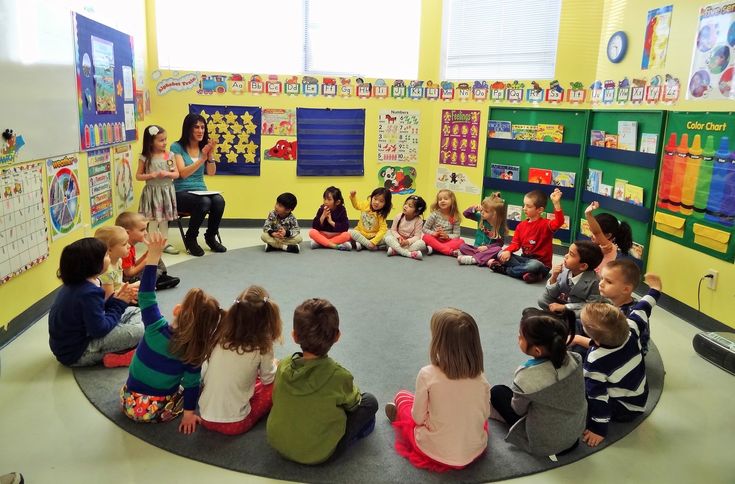

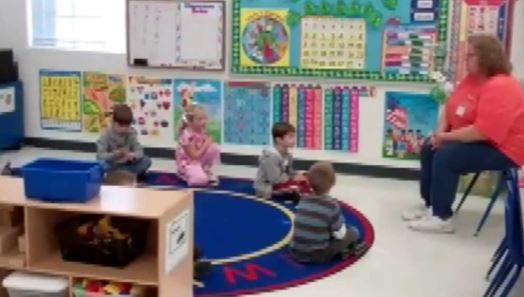
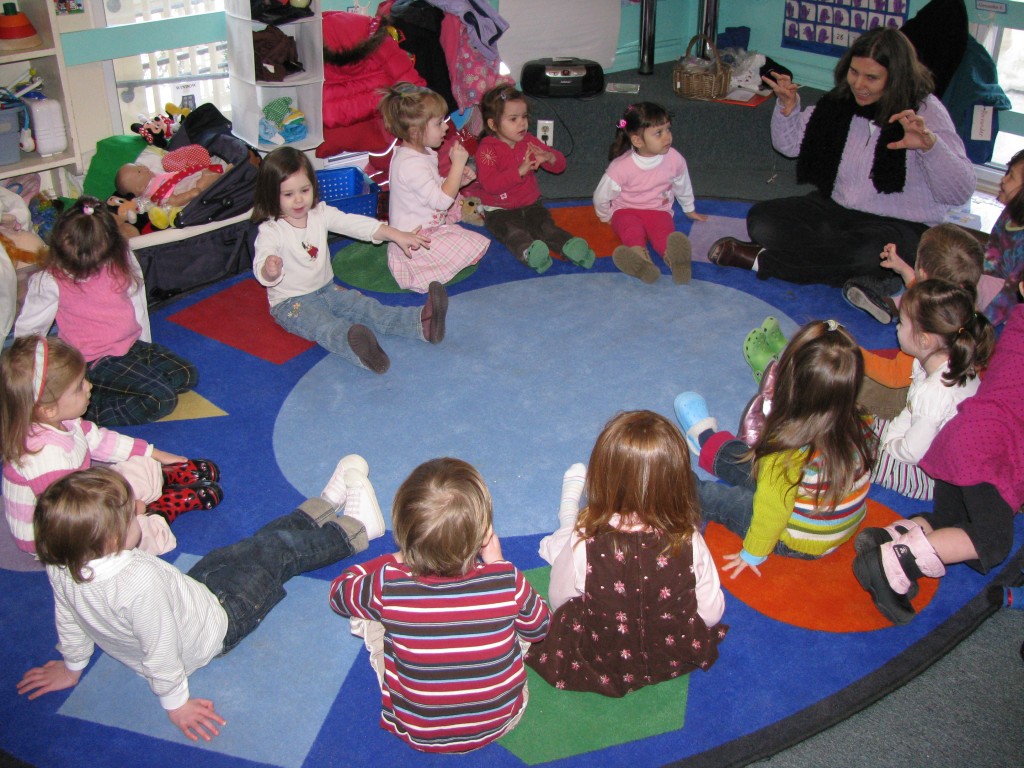 J.S.A. 18A:40-12.5.e(1).
J.S.A. 18A:40-12.5.e(1).

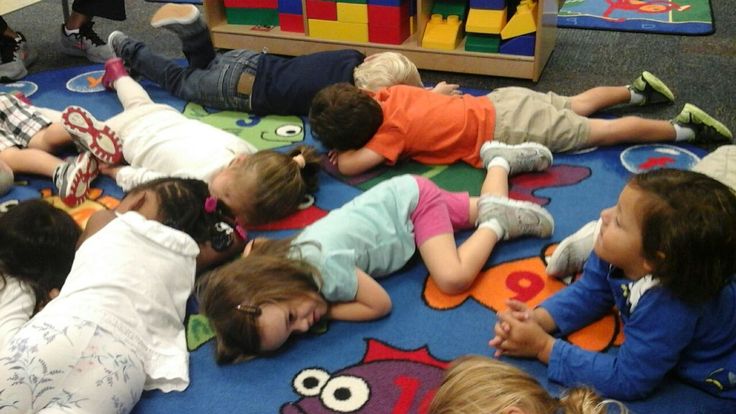 Pursuant to the Federal Privacy Act of 1974 (P.L. 93-579), the Department shall advise each such person that the disclosure of his or her Social Security number is voluntary, and that the Social Security number will only be used for the purpose of conducting a CARI background check.
Pursuant to the Federal Privacy Act of 1974 (P.L. 93-579), the Department shall advise each such person that the disclosure of his or her Social Security number is voluntary, and that the Social Security number will only be used for the purpose of conducting a CARI background check.
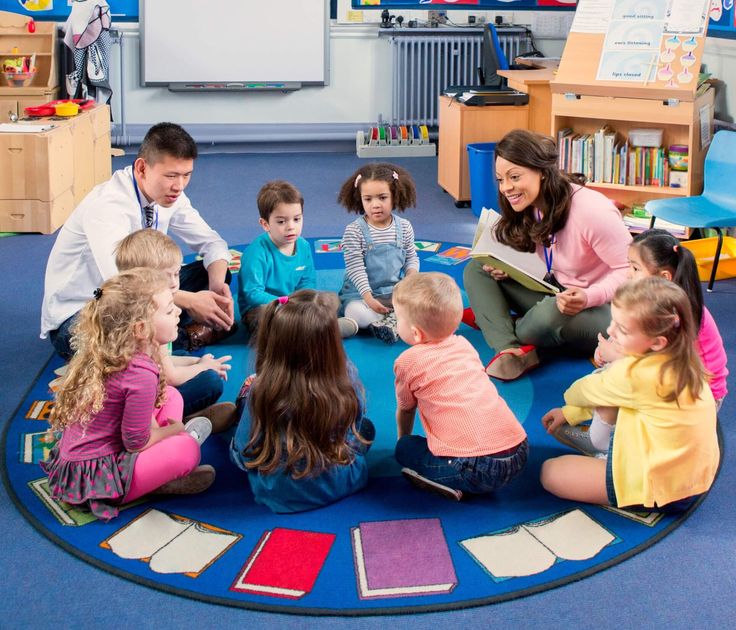 L. 2000, c. 77 (N.J.S.A. 30:5B-6.10 to 6.17). The sponsor or sponsor representative and each staff member shall complete the electronic fingerprinting process through the vendor authorized by the State to conduct CHRI background checks through the Division of State Police in the Department of Law and Public Safety and the Federal Bureau of Investigation.
L. 2000, c. 77 (N.J.S.A. 30:5B-6.10 to 6.17). The sponsor or sponsor representative and each staff member shall complete the electronic fingerprinting process through the vendor authorized by the State to conduct CHRI background checks through the Division of State Police in the Department of Law and Public Safety and the Federal Bureau of Investigation.
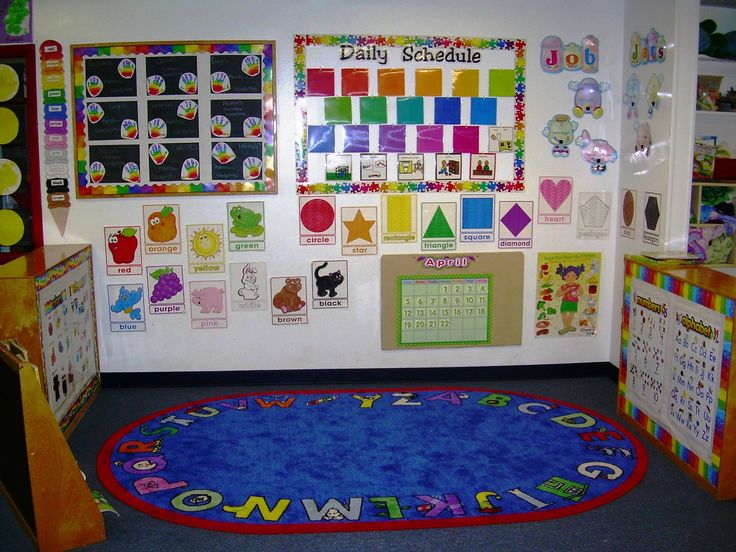
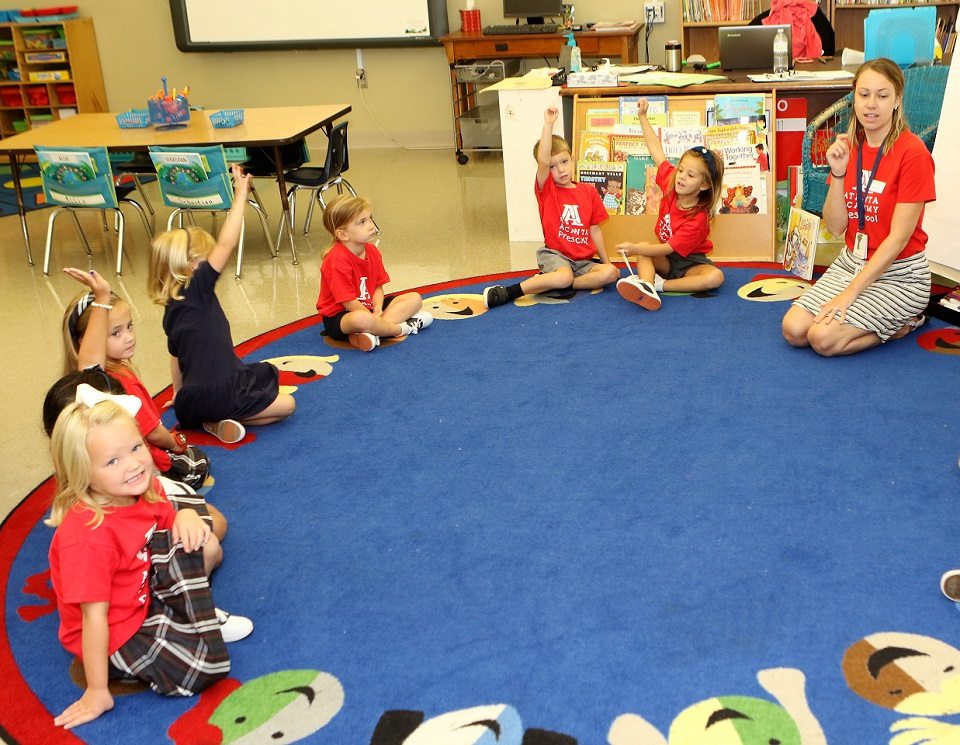
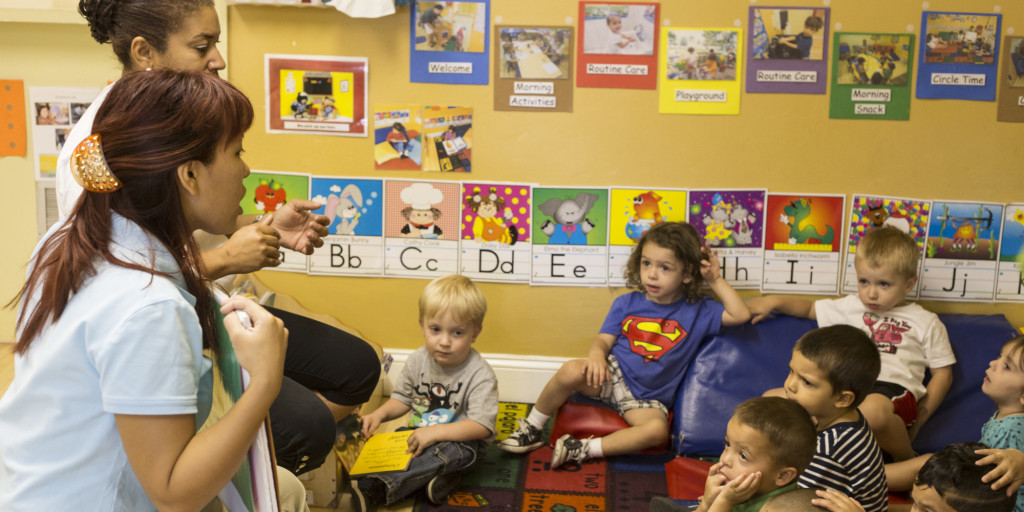 Petersburg
Petersburg  Luckily, the fashion weeks in Paris, Milan, London, and New York have come up with a pretty compelling roadmap for the new season: both clothes and jewelry from the spring/summer 2020 collections are teetering on the edge of understatement and artistry, which means you can get by. without theatrical receptions, without plunging into dullness and boredom.
Luckily, the fashion weeks in Paris, Milan, London, and New York have come up with a pretty compelling roadmap for the new season: both clothes and jewelry from the spring/summer 2020 collections are teetering on the edge of understatement and artistry, which means you can get by. without theatrical receptions, without plunging into dullness and boredom.
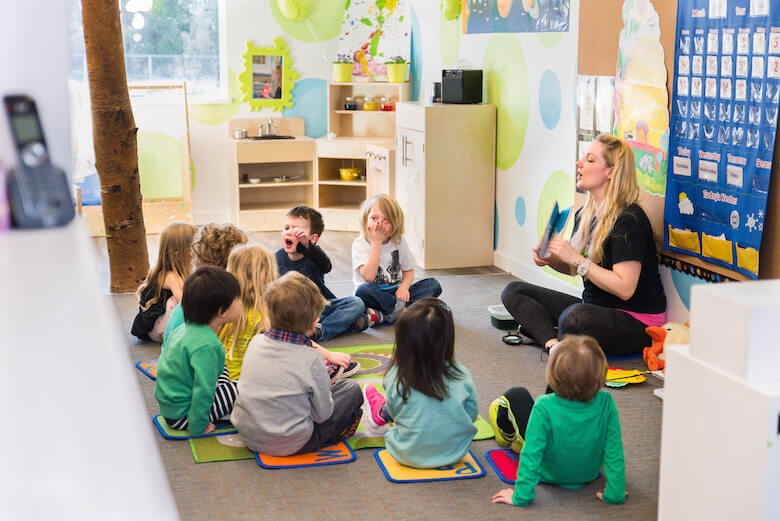 What does it represent? Essentially, it’s a chain that accentuates a plunging neckline or creates an extra v-line where there isn’t one. The difference from the usual rounded down chain here is in a kind of “tail”, which completely changes the geometry of the jewelry and stretches the figure vertically.
What does it represent? Essentially, it’s a chain that accentuates a plunging neckline or creates an extra v-line where there isn’t one. The difference from the usual rounded down chain here is in a kind of “tail”, which completely changes the geometry of the jewelry and stretches the figure vertically.
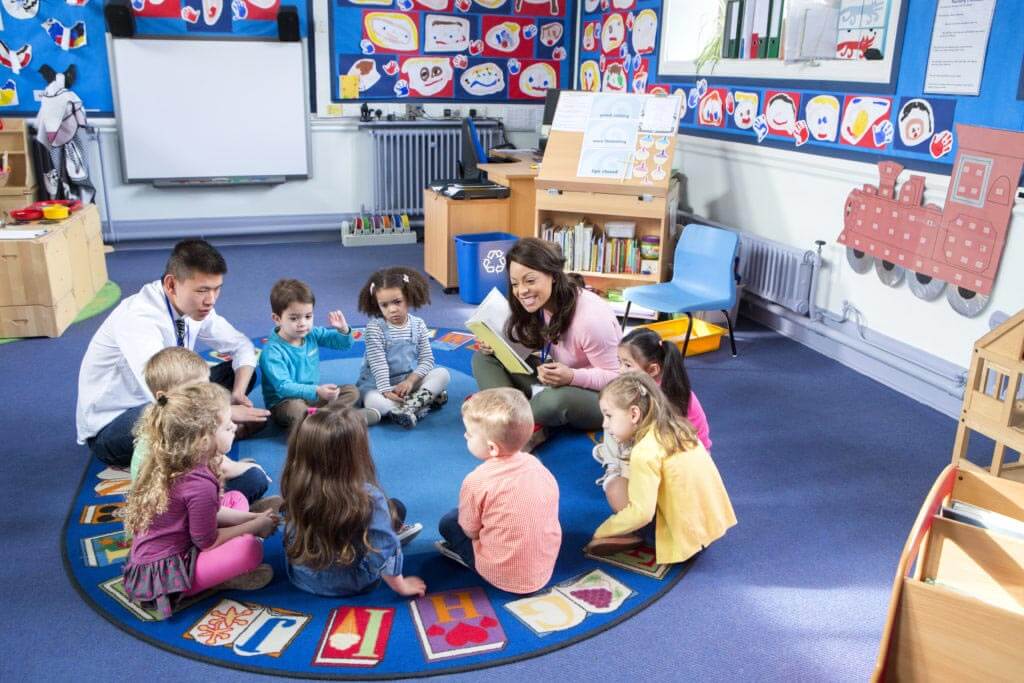 The jewelry that Miuccia Prada added to her everyday outfits was not only massive, but also truly spectacular. It is up to you whether to choose expensive models of reputable fashion houses or more democratic products of independent brands. And you still have the choice between real shells and their imitation. The most important thing is to immerse yourself in seaside romanticism, which you need to do even if it’s still raining outside, and you are limited to office wardrobe: look at Prada models and add naturalistic touches to gray everyday life.
The jewelry that Miuccia Prada added to her everyday outfits was not only massive, but also truly spectacular. It is up to you whether to choose expensive models of reputable fashion houses or more democratic products of independent brands. And you still have the choice between real shells and their imitation. The most important thing is to immerse yourself in seaside romanticism, which you need to do even if it’s still raining outside, and you are limited to office wardrobe: look at Prada models and add naturalistic touches to gray everyday life.
 Also, “inflated” rings look quite catchy. If they are the correct geometric shape, choosing a set, you can take Audrey Hepburn as a role model in the 1954 film Sabrina (remember hoop earrings combined with a tight suit and a small hat, and then with a man’s plaid shirt). If the earrings have a more natural, naturalistic shape, you should opt for laconic things in the best traditions of modern urban minimalism. Remember that summer is a small life, and you can easily get in the mood for both flamenco and thoughtful walks and trips to the northern seas.
Also, “inflated” rings look quite catchy. If they are the correct geometric shape, choosing a set, you can take Audrey Hepburn as a role model in the 1954 film Sabrina (remember hoop earrings combined with a tight suit and a small hat, and then with a man’s plaid shirt). If the earrings have a more natural, naturalistic shape, you should opt for laconic things in the best traditions of modern urban minimalism. Remember that summer is a small life, and you can easily get in the mood for both flamenco and thoughtful walks and trips to the northern seas.
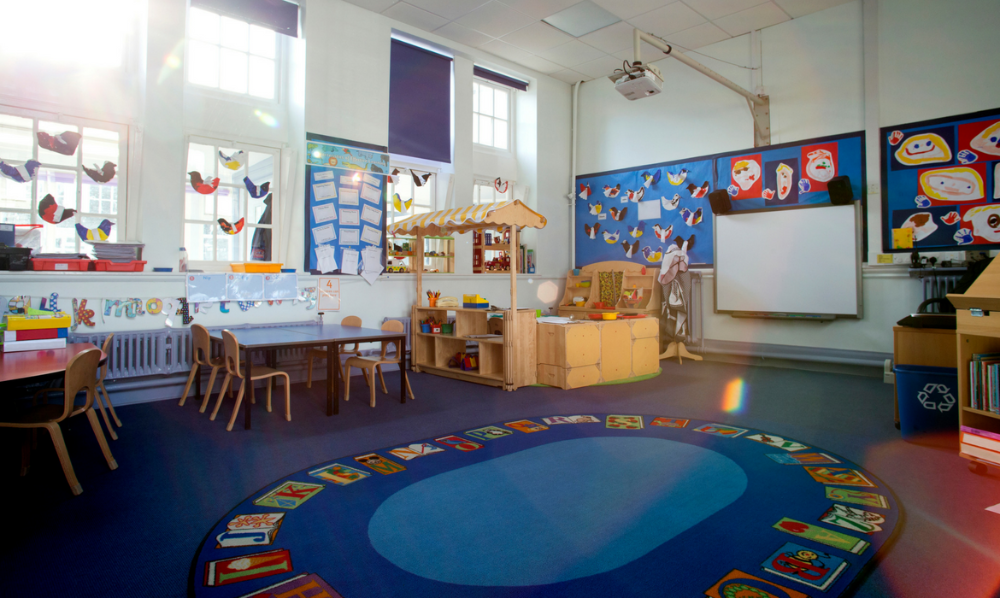 Inserts on bracelets, pendants, elements of necklaces, rings and even earrings can be spherical. The choice is great, but we advise you to limit yourself to one jewelry with a similar motif for the entire set (in extreme cases, you can make an exception in the form of a ring). Spectacular balls crowning the clasps of thick golden chains flaunted on the backs of models at the Bottega Veneta spring-summer collection show in Milan, Ann Demeulemeester had earrings with large ball-shaped pendants on the catwalk, and Paco Rabanne decided to bring the swinging 60s back to life.
Inserts on bracelets, pendants, elements of necklaces, rings and even earrings can be spherical. The choice is great, but we advise you to limit yourself to one jewelry with a similar motif for the entire set (in extreme cases, you can make an exception in the form of a ring). Spectacular balls crowning the clasps of thick golden chains flaunted on the backs of models at the Bottega Veneta spring-summer collection show in Milan, Ann Demeulemeester had earrings with large ball-shaped pendants on the catwalk, and Paco Rabanne decided to bring the swinging 60s back to life.
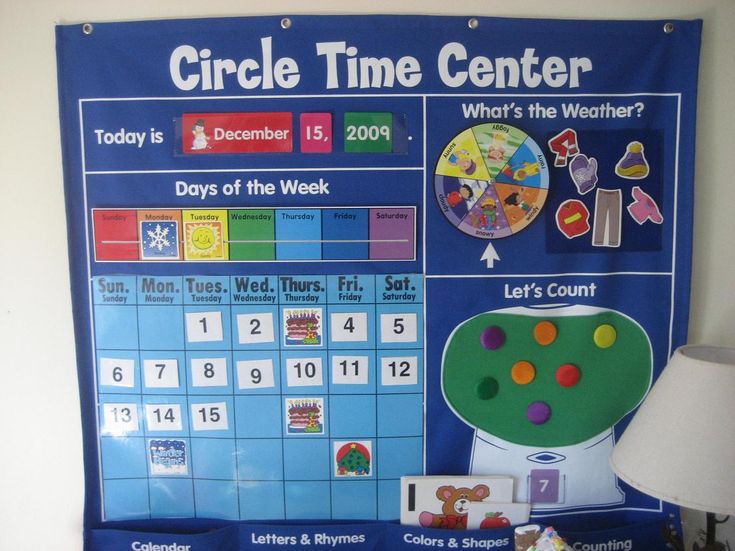 Pay close attention to it if you plan to go out in the spring and next summer. Opals shimmering in different shades surrounded by a scattering of small diamonds are exactly what you need if you want a soft variation of baroque for every day. For more solemn occasions, we recommend looking at naturalistic pearls (including black ones) of a natural shape. They can also be complemented with diamond inlay.
Pay close attention to it if you plan to go out in the spring and next summer. Opals shimmering in different shades surrounded by a scattering of small diamonds are exactly what you need if you want a soft variation of baroque for every day. For more solemn occasions, we recommend looking at naturalistic pearls (including black ones) of a natural shape. They can also be complemented with diamond inlay.
 Today website you can find out the prayer times in the Arctic Circle and download the prayer schedule for today, the current week and the month of October 2022. The table shows when the time of sunrise starts and the exact start time of daily prayers – morning fajr , midday zuhr, evening asr, evening maghrib, night isha.
Today website you can find out the prayer times in the Arctic Circle and download the prayer schedule for today, the current week and the month of October 2022. The table shows when the time of sunrise starts and the exact start time of daily prayers – morning fajr , midday zuhr, evening asr, evening maghrib, night isha. 

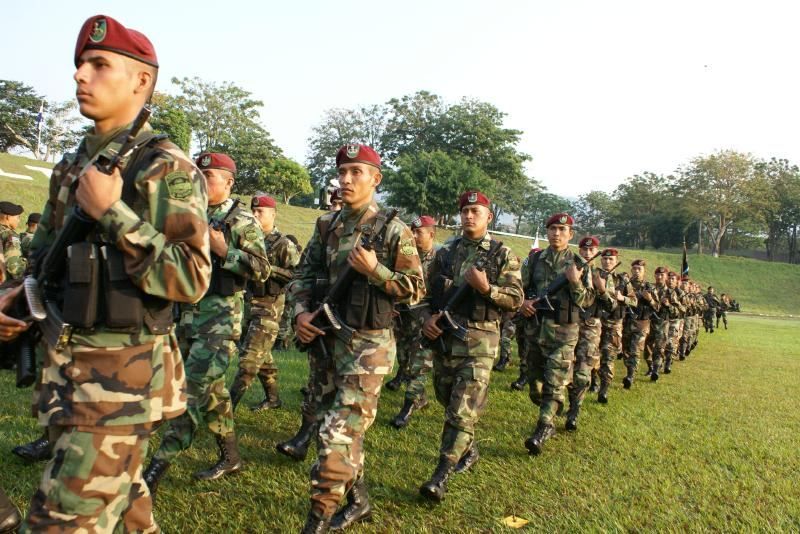 The organization’s Growing Readers campaign also emphasizes the importance of early literacy and provides parents with information about language development and books of excellence for their children.
The organization’s Growing Readers campaign also emphasizes the importance of early literacy and provides parents with information about language development and books of excellence for their children. Military, U.S. Coast Guard, U.S. Customs and Border Protection, U.S. National Park Services, and U.S. General Services Administration families.
Military, U.S. Coast Guard, U.S. Customs and Border Protection, U.S. National Park Services, and U.S. General Services Administration families.
 For more information, click on any of the links below to take you directly to each site:
For more information, click on any of the links below to take you directly to each site: S. Coast Guard (USCG) Child Care Subsidy Program
S. Coast Guard (USCG) Child Care Subsidy Program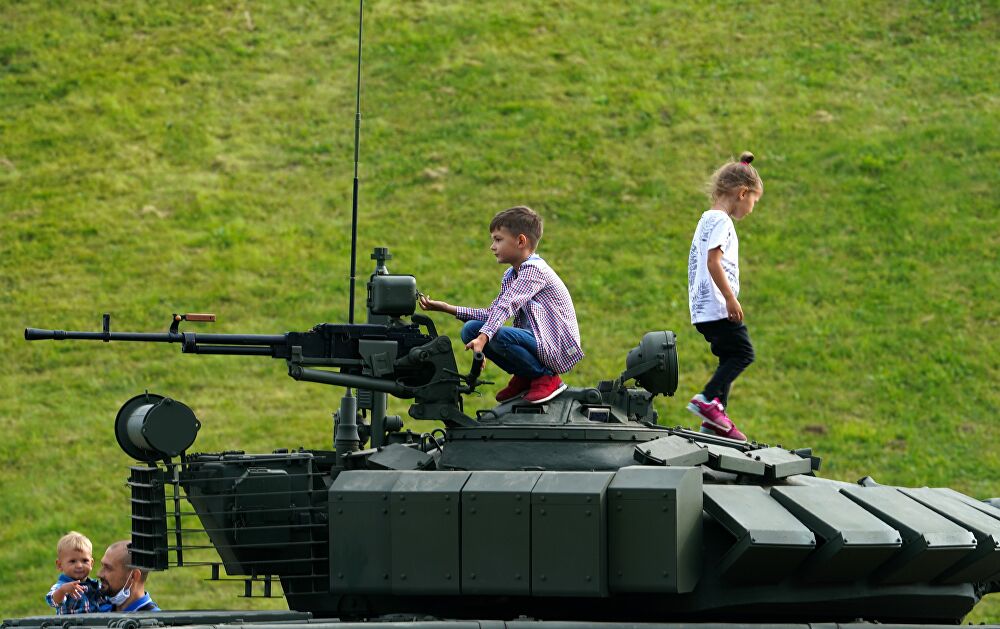
 Considerable attention is paid to military education, issues of conscription and recruitment of the army. In the preparation of the program, unique photographs from the personal archives of military personnel, chronicles and operational photographs are also used.
Considerable attention is paid to military education, issues of conscription and recruitment of the army. In the preparation of the program, unique photographs from the personal archives of military personnel, chronicles and operational photographs are also used.  Channel One
Channel One
 In this film, unknown heroes will for the first time remember the sensational details of their exploits, about which they were ordered to remain silent.
In this film, unknown heroes will for the first time remember the sensational details of their exploits, about which they were ordered to remain silent. 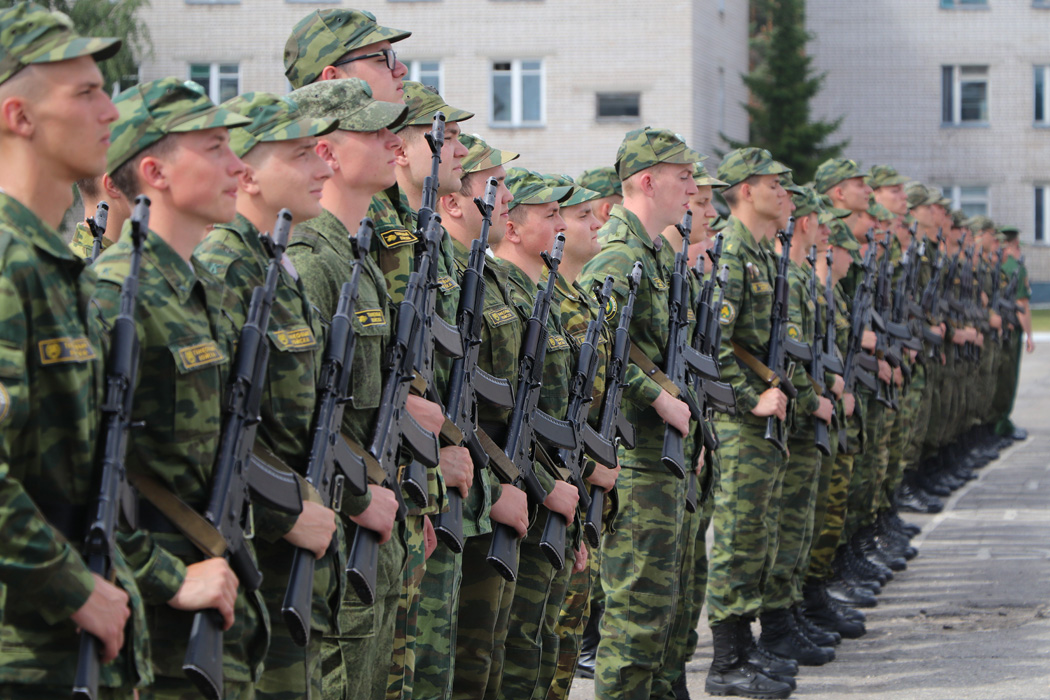

 37 miles from school)
37 miles from school)

 kindercare.com/our-centers/lexington/ky/301376
kindercare.com/our-centers/lexington/ky/301376 24 combined type
24 combined type
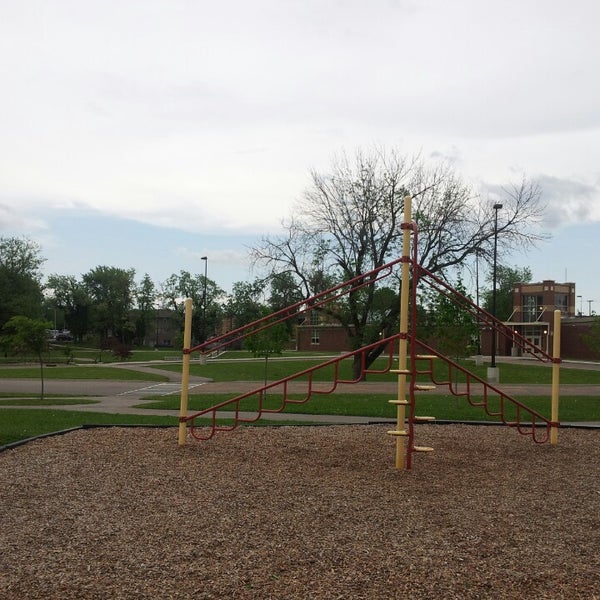 It turned out to be a very interesting, positive, cheerful, sincere vernissage of children’s works!
It turned out to be a very interesting, positive, cheerful, sincere vernissage of children’s works! Novikov
Novikov
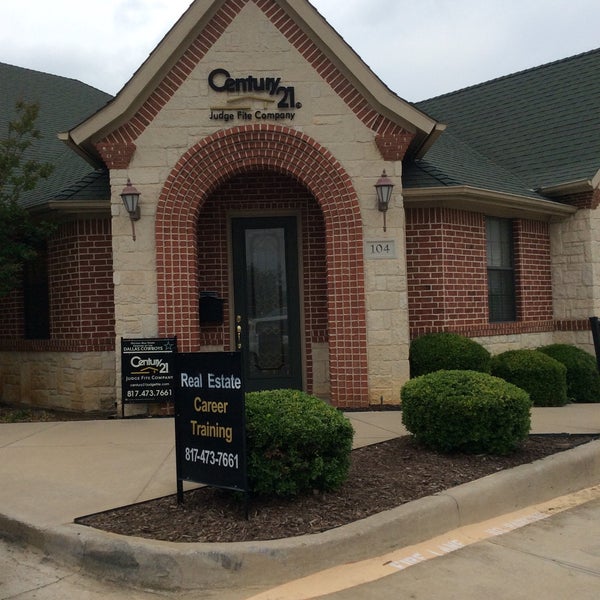 Broad Street, Mansfield, TX 76063
Broad Street, Mansfield, TX 76063 Suit A, Mansfield, TX 76063
Suit A, Mansfield, TX 76063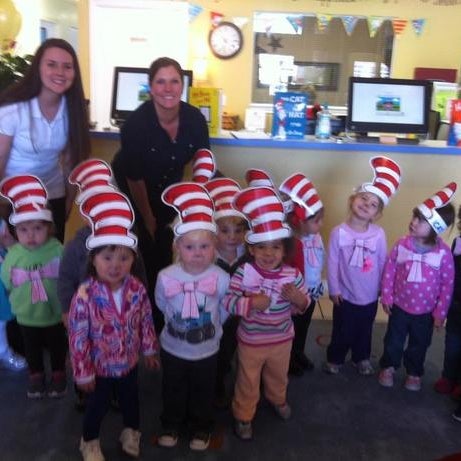 I am so excited to be a part of the Childcare Network family! I am looking forward to a very productive and exciting year at #182 My name is Karen Buchanan and the Director here at school #182.
I am so excited to be a part of the Childcare Network family! I am looking forward to a very productive and exciting year at #182 My name is Karen Buchanan and the Director here at school #182.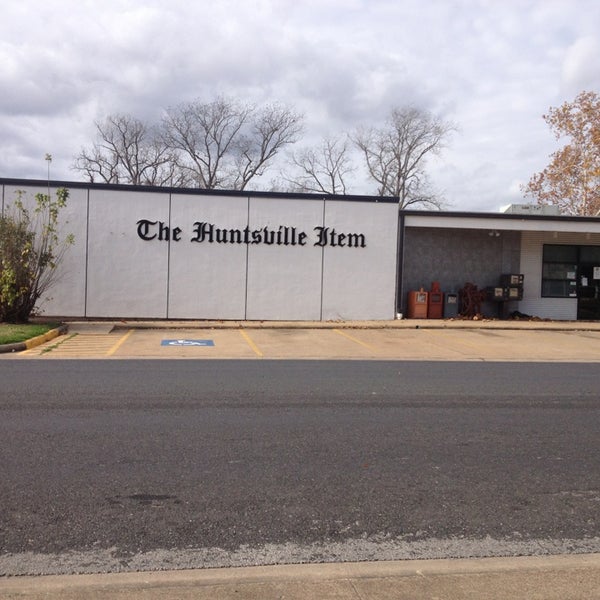 Please do not wait for formal conferences to discuss any concerns you have with me. My door is always open!
Please do not wait for formal conferences to discuss any concerns you have with me. My door is always open!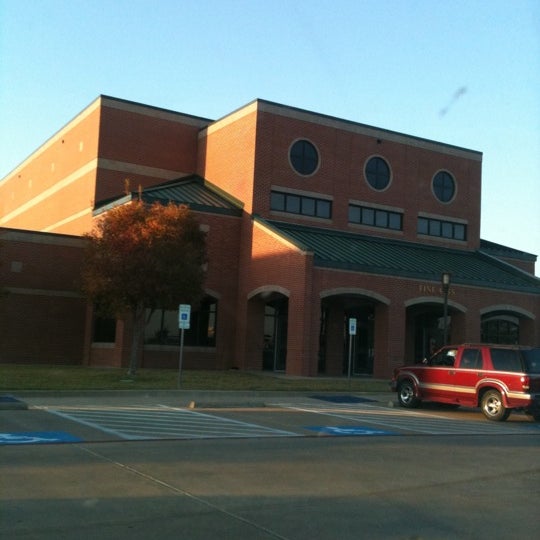 28 mi to your search
28 mi to your search The Children’s Academy was founded in 1983 year. We are one of the oldest private kindergartens, nurseries and preschools in south Tarrant County. We offer private schools as well as preschools and childcare from 6 weeks to 5 years. We are located in Mansfield, Texas. We use the Pinnacle Christian curriculum along with Montessori principles. This approach offers a child-friendly environment, positive discipline methods, and stress-free learning. The program teaches children about independence, self-control, self-confidence, basic Christian principles, values, and morals – although the school does not encourage specific church teaching. All regular classes teach foreign languages, music, art and the Bible. The Children’s Academy offers low teacher fees, daily breakfast, nutritious, balanced lunches and afternoon snacks. All classes have daily schedules and scheduled weekly activities. The employees are professional and career oriented. We offer ongoing staff development programs and a tuition compensation program to encourage employees to take additional courses and college education.
The Children’s Academy was founded in 1983 year. We are one of the oldest private kindergartens, nurseries and preschools in south Tarrant County. We offer private schools as well as preschools and childcare from 6 weeks to 5 years. We are located in Mansfield, Texas. We use the Pinnacle Christian curriculum along with Montessori principles. This approach offers a child-friendly environment, positive discipline methods, and stress-free learning. The program teaches children about independence, self-control, self-confidence, basic Christian principles, values, and morals – although the school does not encourage specific church teaching. All regular classes teach foreign languages, music, art and the Bible. The Children’s Academy offers low teacher fees, daily breakfast, nutritious, balanced lunches and afternoon snacks. All classes have daily schedules and scheduled weekly activities. The employees are professional and career oriented. We offer ongoing staff development programs and a tuition compensation program to encourage employees to take additional courses and college education.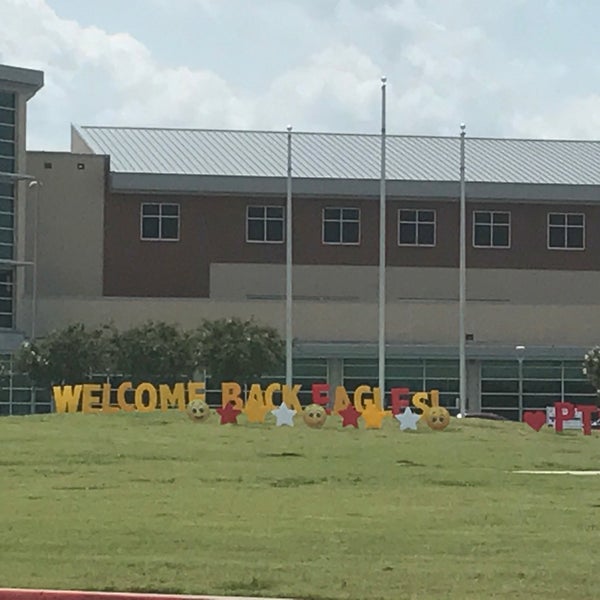 In addition, we offer a Parents’ Evening every two months, a monthly newsletter, special annual parenting events, and many holiday programs. The mission of the Children’s Academy is to provide a child-centered educational program that glorifies God in a high-quality Christian environment that benefits both our children and our parents. Visit the safest and cleanest kindergarten and school in Mansfield: the Children’s Academy! Member of the Texas Licensed Child Care Association.
In addition, we offer a Parents’ Evening every two months, a monthly newsletter, special annual parenting events, and many holiday programs. The mission of the Children’s Academy is to provide a child-centered educational program that glorifies God in a high-quality Christian environment that benefits both our children and our parents. Visit the safest and cleanest kindergarten and school in Mansfield: the Children’s Academy! Member of the Texas Licensed Child Care Association.  ..
.. 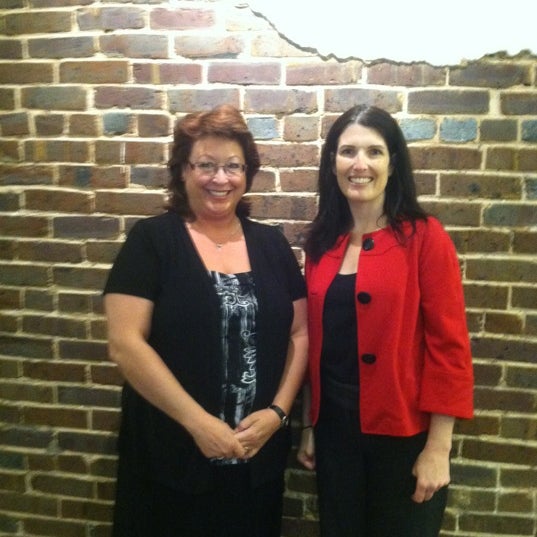 The child is the priority! The girl needs to be collected in the morning for school, the parents themselves take and bring. She is at school until 15:00/15:30. Cooking for the girl, cleaning the nursery…
The child is the priority! The girl needs to be collected in the morning for school, the parents themselves take and bring. She is at school until 15:00/15:30. Cooking for the girl, cleaning the nursery… 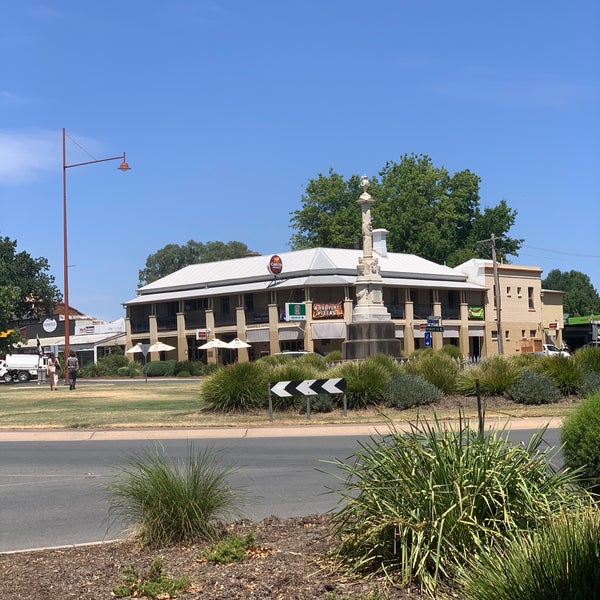
 Los Angeles
Los Angeles ..
.. 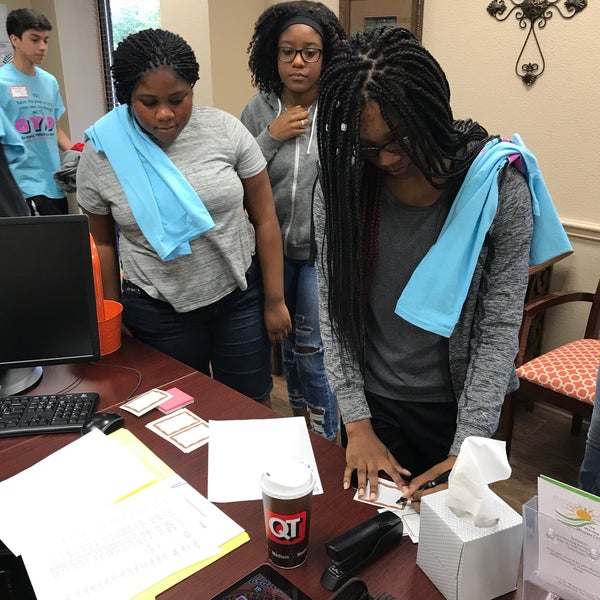 W / n $ 500 per week With accommodation! A US visa is required. Contact via Viber/WhatsApp
W / n $ 500 per week With accommodation! A US visa is required. Contact via Viber/WhatsApp 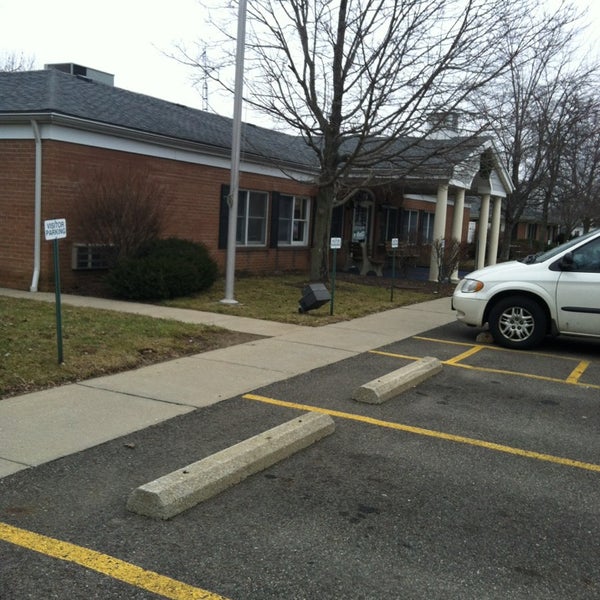 5 years old) Salary 2,000.00 dollars per month. One day off. We consider only with…
5 years old) Salary 2,000.00 dollars per month. One day off. We consider only with… 
 com. If you’d like to become a member, it’s fast, easy — and free!
com. If you’d like to become a member, it’s fast, easy — and free! com Terms of Use and Privacy Policy and allow
com Terms of Use and Privacy Policy and allow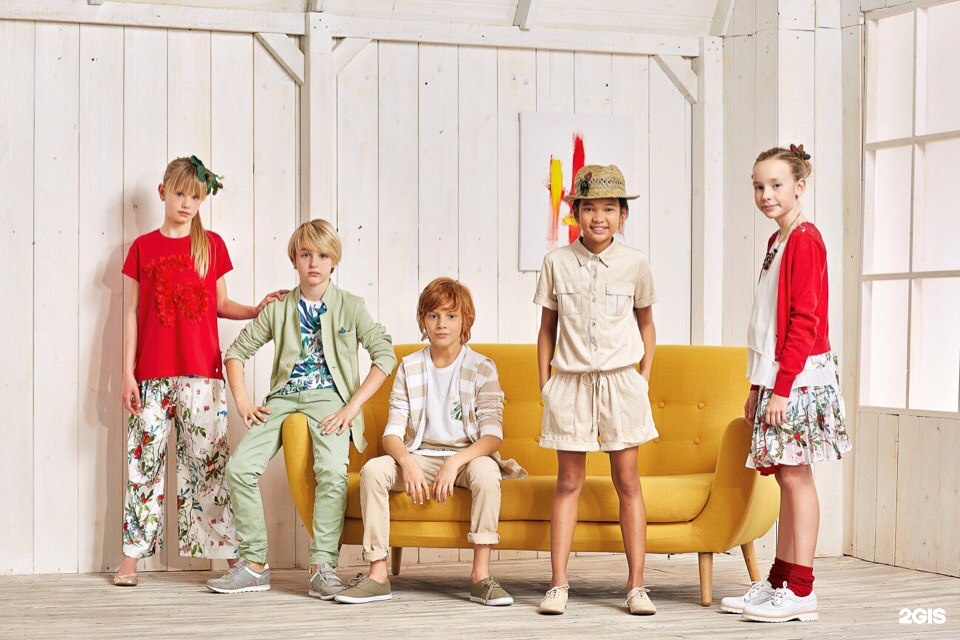 5′ operator=”==” }}
5′ operator=”==” }}



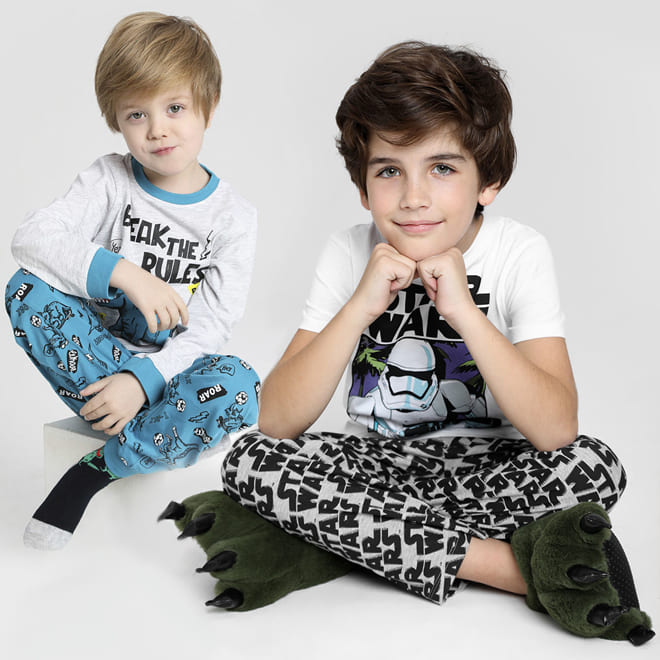
 We are examining other international markets, such as South America, United Arab Emirates, Australia, Colombia, and India.
We are examining other international markets, such as South America, United Arab Emirates, Australia, Colombia, and India.
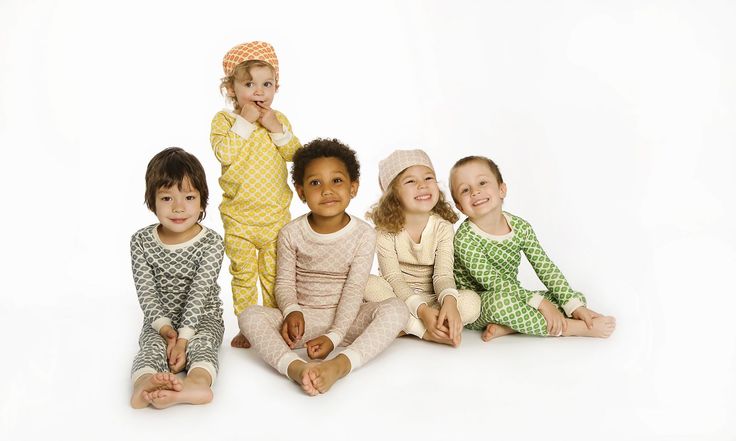
 Rochelle Ave
Rochelle Ave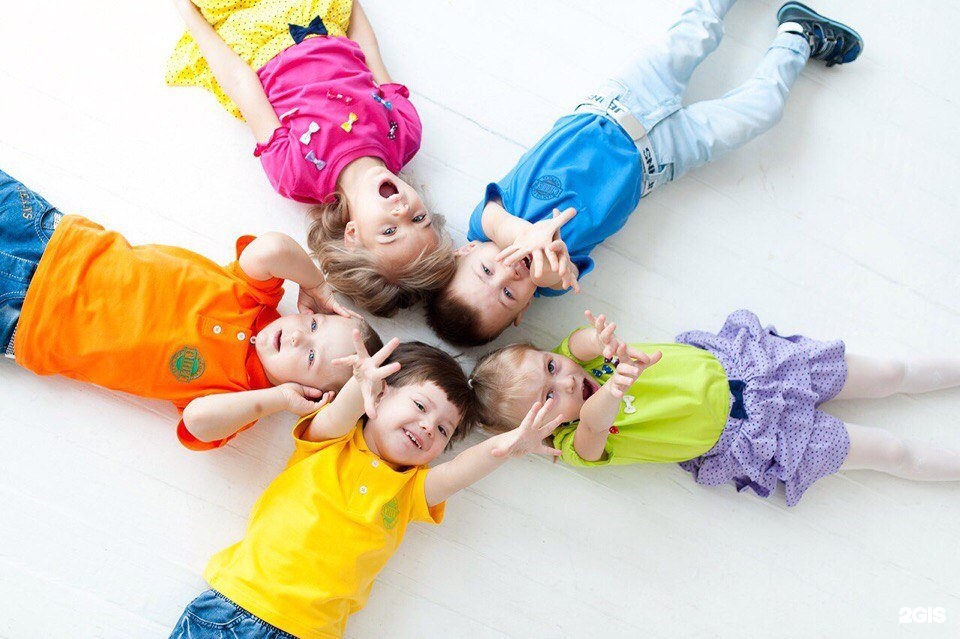 Oakey Blvd.
Oakey Blvd.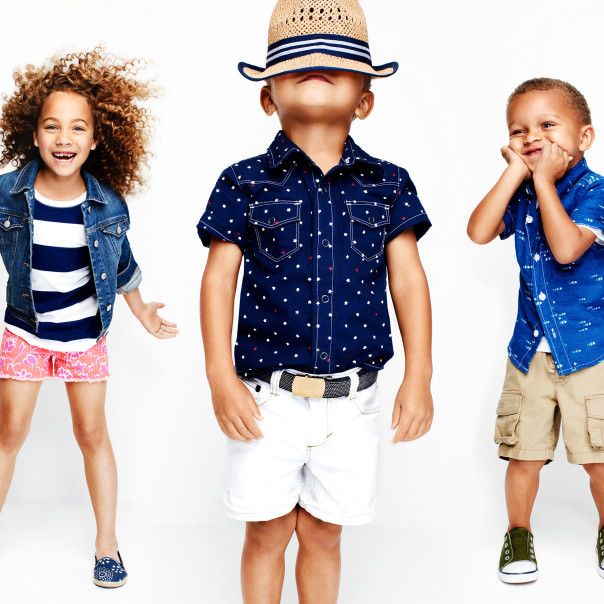
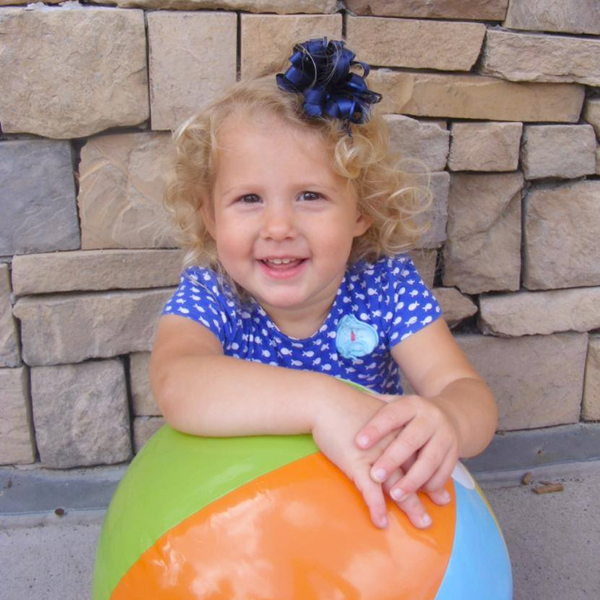 Lake Mead Pkwy- North Campus
Lake Mead Pkwy- North Campus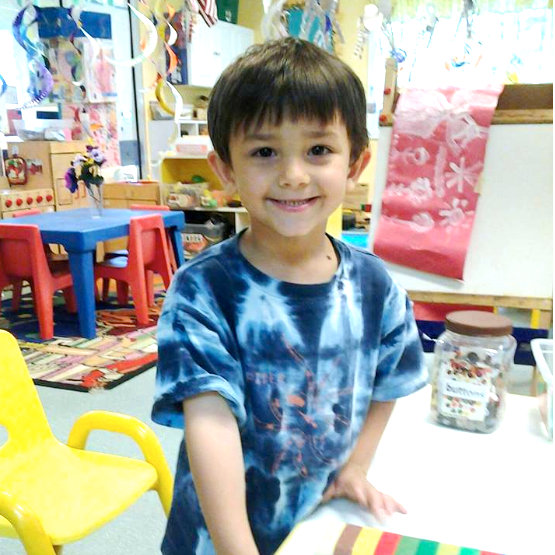 Elizabeth Ann Seton Catholic School
Elizabeth Ann Seton Catholic School ..
..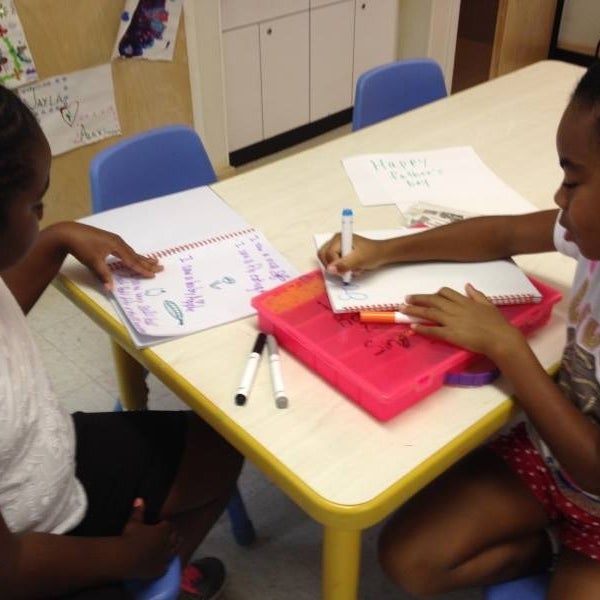 Autumn” in St. Petersburg. October 31. That year, only 1 soloist participated from us, and this year there were already more than 20 children participating with us. We saw an excellent organization, a friendly atmosphere. We found great understanding on various issues. Both children and their parents were very pleased with everything! And for us it is important!
Autumn” in St. Petersburg. October 31. That year, only 1 soloist participated from us, and this year there were already more than 20 children participating with us. We saw an excellent organization, a friendly atmosphere. We found great understanding on various issues. Both children and their parents were very pleased with everything! And for us it is important!  We liked everything very much, the hotel, excursions, meals and competition. Everything went at a high level, thank you for your responsiveness and warm atmosphere! We will continue to cooperate with you). We wish you further prosperity and development!!!!
We liked everything very much, the hotel, excursions, meals and competition. Everything went at a high level, thank you for your responsiveness and warm atmosphere! We will continue to cooperate with you). We wish you further prosperity and development!!!! 
 The final result – the Grand Prix of the festival – the SECOND for the year!!!
The final result – the Grand Prix of the festival – the SECOND for the year!!!  On the other hand, many parents from an early age take their children to additional English classes in language centers, and many generally choose a bilingual direction in kindergarten, where the entire educational process takes place in English.
On the other hand, many parents from an early age take their children to additional English classes in language centers, and many generally choose a bilingual direction in kindergarten, where the entire educational process takes place in English. 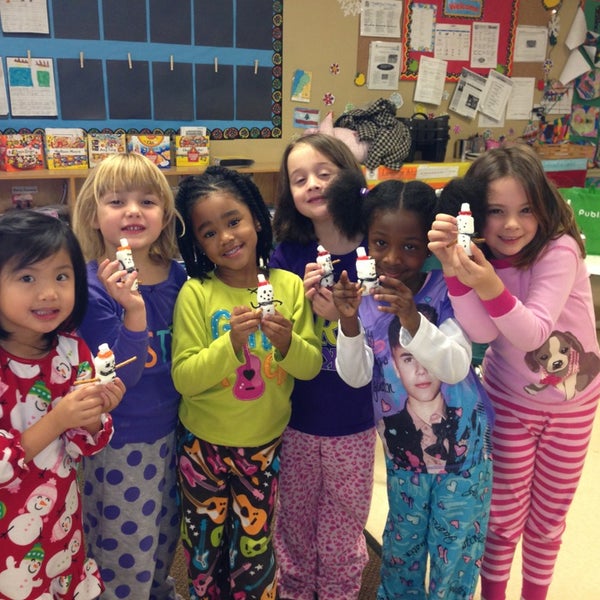
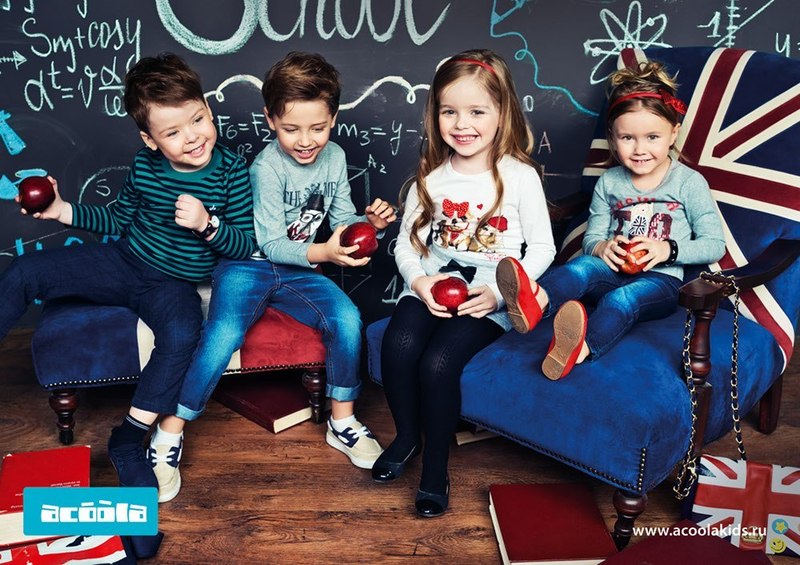 In exam Cambridge English: Young Learners is a personal interview with an examiner lasting 5 minutes, in the Pearson Test of English Young Learners exam it is a board game format with 4-5 participants lasting 15-20 minutes.
In exam Cambridge English: Young Learners is a personal interview with an examiner lasting 5 minutes, in the Pearson Test of English Young Learners exam it is a board game format with 4-5 participants lasting 15-20 minutes.  How to prevent the fact that a possible failure will make a child at the age of 6-7 forever hate English? According to the results of the exam, which are usually known in 1.5-2 months, each child, without exception, is issued a certificate, regardless of the number of points they have scored. In the case of Cambridge English: Young Learners, each skill will be individually assessed on the certificate using the Cambridge Coat of Arms badges. In the case of Pearson Test of English Young Learners children will receive either an Exam Certificate or a Certificate of Attendance.
How to prevent the fact that a possible failure will make a child at the age of 6-7 forever hate English? According to the results of the exam, which are usually known in 1.5-2 months, each child, without exception, is issued a certificate, regardless of the number of points they have scored. In the case of Cambridge English: Young Learners, each skill will be individually assessed on the certificate using the Cambridge Coat of Arms badges. In the case of Pearson Test of English Young Learners children will receive either an Exam Certificate or a Certificate of Attendance. 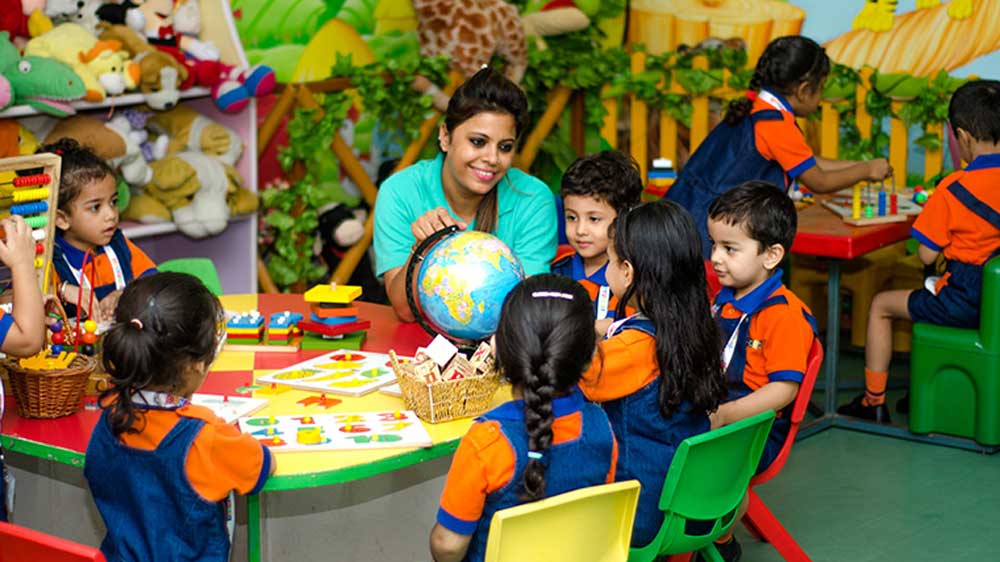 But the child will receive the first document of an international level, designed to increase his self-esteem of the child, to believe in himself, increase motivation and maintain a true interest in the further study of the English language. In a more distant perspective, this is the formation of the so-called examination immunity. Starting to take exam tests from the age of 6-7, the child will feel much more confident and calm when he needs to pass an important decisive exam.
But the child will receive the first document of an international level, designed to increase his self-esteem of the child, to believe in himself, increase motivation and maintain a true interest in the further study of the English language. In a more distant perspective, this is the formation of the so-called examination immunity. Starting to take exam tests from the age of 6-7, the child will feel much more confident and calm when he needs to pass an important decisive exam. 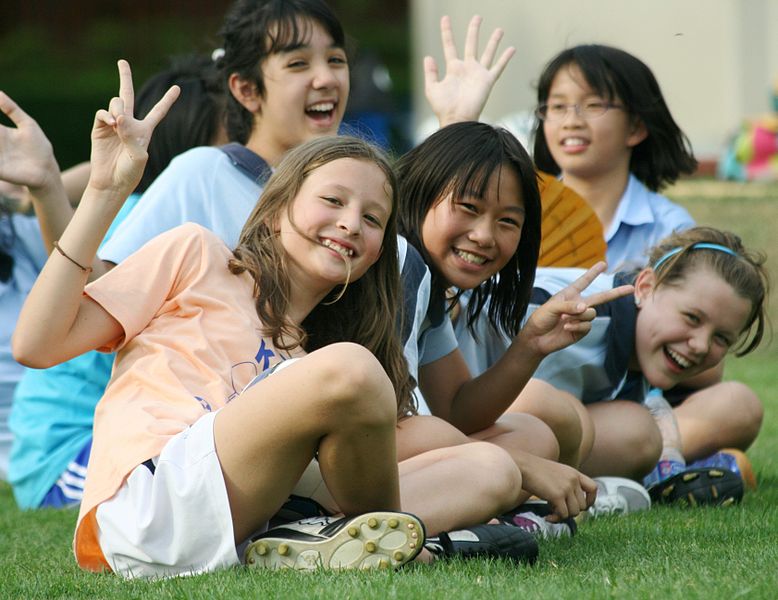 The results of the exam will show you and your child how competently and progressively, as well as qualitatively and deeply, the teacher did the work. And these will not be subjective feelings, but an objective assessment in accordance with international standards.
The results of the exam will show you and your child how competently and progressively, as well as qualitatively and deeply, the teacher did the work. And these will not be subjective feelings, but an objective assessment in accordance with international standards.  The competition runs from March to November 2022. Application deadline
The competition runs from March to November 2022. Application deadline  D. Polenova, Honored Artist of the Russian Federation, Professor, Member of the Commission of the Russian Federation for UNESCO, Chairman of the Russian Committee
D. Polenova, Honored Artist of the Russian Federation, Professor, Member of the Commission of the Russian Federation for UNESCO, Chairman of the Russian Committee konkursmir.ru. Participation in the competition is free!
konkursmir.ru. Participation in the competition is free! 
 .. La limpieza y cuidado del hogar no sería su tarea, pero sí los “daños colaterales” de estar con niños, dejando todo como se encontró. Soy muy específica a este nivel para que las candidatas entiendan que no es “servicio doméstico enfocado a limpieza” pero todo lo que ocurre en el hogar con los niños, sería competencia del adulto que está con ellos. Por último: Recogidas de colegio en coche propio o familiar. Esto último sería óptimo, pero no limitante. Al principio siempre habría otro adulto con ella: una padre, una madre o una abuela a fin de facilitar el proceso de adaptación. En un futuro, las ocasiones en las que estaría sola con los tres niños serían excepcionales, casi siempre habría algún otro adulto de forma que la persona estaría con dos niños como mucho.
.. La limpieza y cuidado del hogar no sería su tarea, pero sí los “daños colaterales” de estar con niños, dejando todo como se encontró. Soy muy específica a este nivel para que las candidatas entiendan que no es “servicio doméstico enfocado a limpieza” pero todo lo que ocurre en el hogar con los niños, sería competencia del adulto que está con ellos. Por último: Recogidas de colegio en coche propio o familiar. Esto último sería óptimo, pero no limitante. Al principio siempre habría otro adulto con ella: una padre, una madre o una abuela a fin de facilitar el proceso de adaptación. En un futuro, las ocasiones en las que estaría sola con los tres niños serían excepcionales, casi siempre habría algún otro adulto de forma que la persona estaría con dos niños como mucho.

 Gracias por tu interés en nuestra familia. Si te interesa, puedes escribirme.
Gracias por tu interés en nuestra familia. Si te interesa, puedes escribirme. Muchas gracias por tu interés en nuestra familia. Si te interesa, puedes escribirme.
Muchas gracias por tu interés en nuestra familia. Si te interesa, puedes escribirme. Buscamos una canguro fiable y con experiencia para que nos ayude. Esperamos noticias tuyas.
Buscamos una canguro fiable y con experiencia para que nos ayude. Esperamos noticias tuyas. $15 por hora. Sin experiencia. Part time en la ciudad de Downey. Interesados llamar (213)507-5702.
$15 por hora. Sin experiencia. Part time en la ciudad de Downey. Interesados llamar (213)507-5702. UU.
UU. UU.
UU. Los cuido de Lunes a Viernes, cuento con mucho espacio para que sus niños jueguen, se les da su comida y refrigerios, cuento con referencias. Cualquier pregunta puede llamar o txt.
Los cuido de Lunes a Viernes, cuento con mucho espacio para que sus niños jueguen, se les da su comida y refrigerios, cuento con referencias. Cualquier pregunta puede llamar o txt. Los se cuidar muy bien . Como si fueran mis hijos . Me encantan los niños.
Los se cuidar muy bien . Como si fueran mis hijos . Me encantan los niños. Para mas informacion llamar.
Para mas informacion llamar.